By Eric Vandenbroeck and co-workers
Among the many
samples of semi-criminal Orders claiming the Russian tradition was also June
2012, Bernard Cazeneuve was discreetly decorated with the Royal Order of
Cambodia by the former bodyguard of Pol Pot and governor of the city of Païlin,
Y Chhean, on the sidelines of a twinning project with his town of Cherbourg.
The organizer of the visit, known to be wealthy Eric Duval (pictured below),
"Grand Prior of the Order of St. John of Jerusalem," was the subject
of an investigation in Nanterre for suspicion of corruption by Cambodian public
officials. And as a result, the Order was closed down in France.
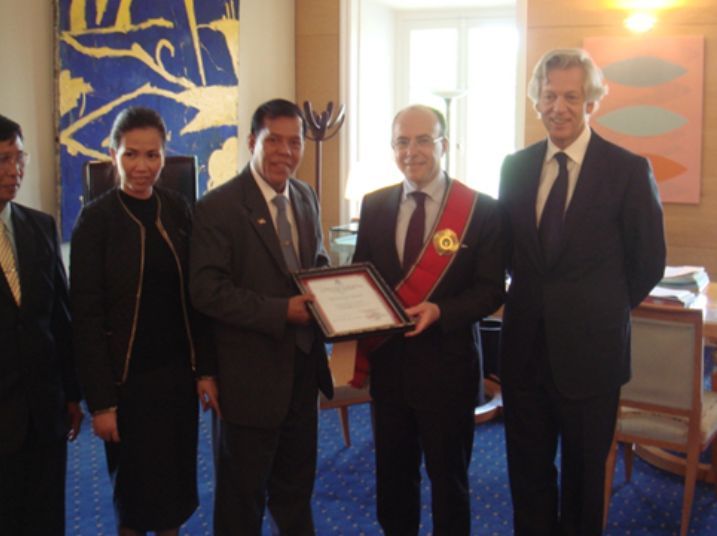
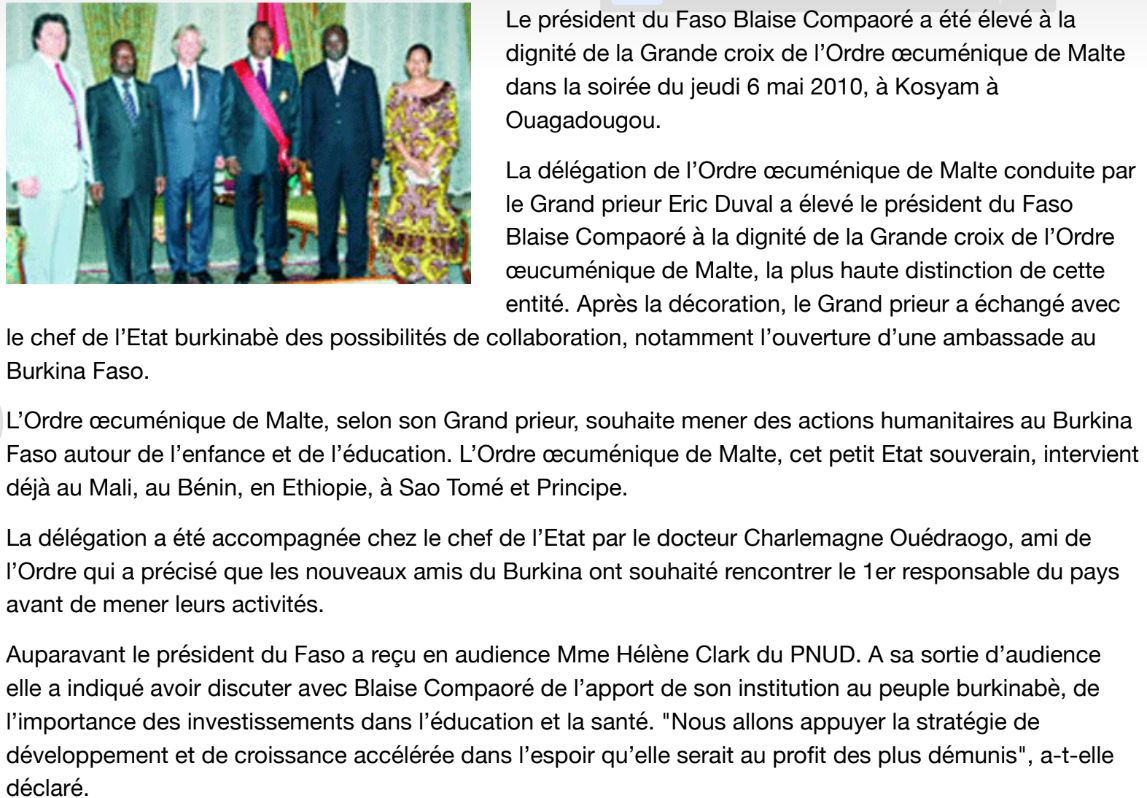
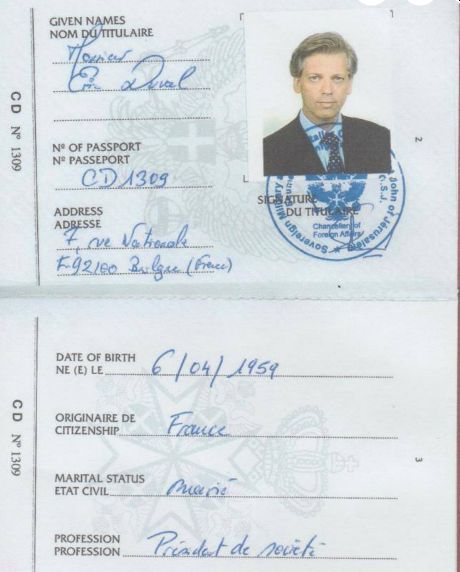
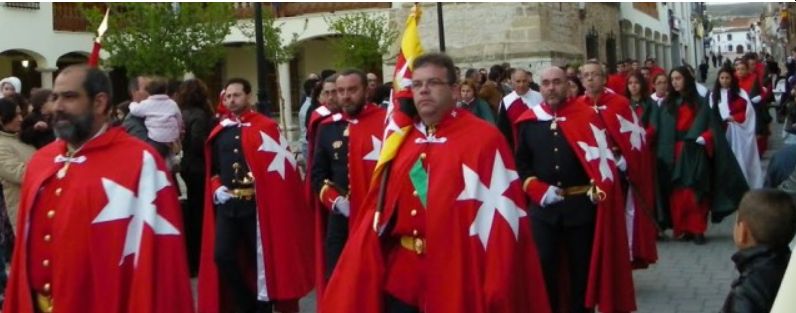
Significant, however,
is that Duval's Order followed in the steps of another criminal who
called himself "Prince Alexis" alias Alex Brimeyer.
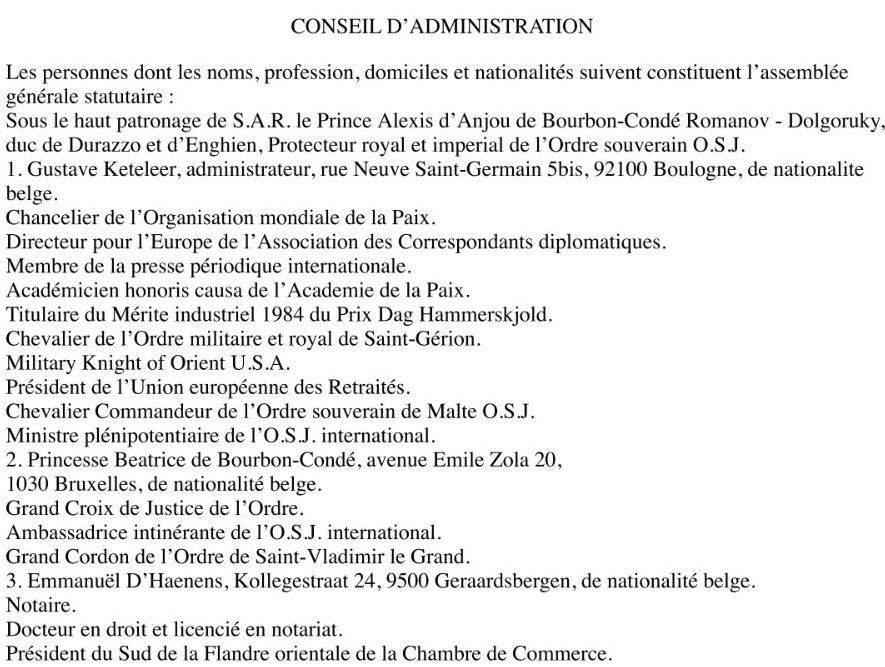
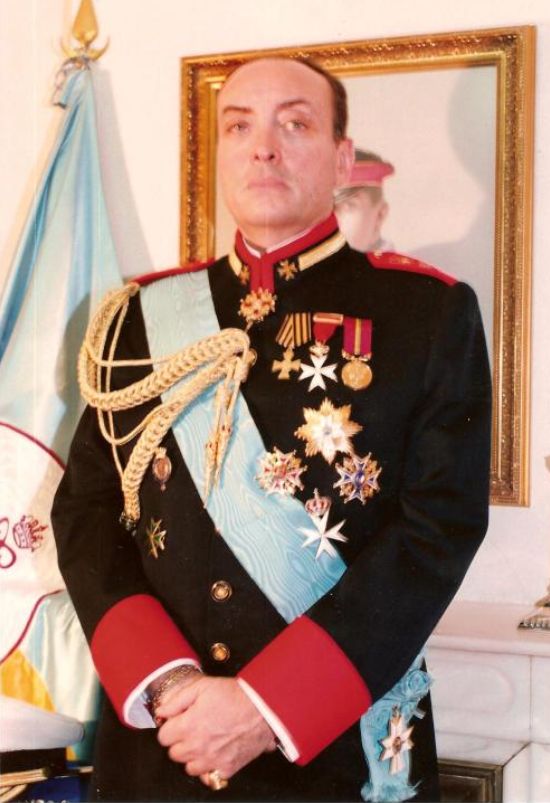
Beatrice di Fonzo, the nineteen-year-old Belgian wife
of thirty-two-year-old Luxemburger agronomist Victor
Alfred August Brimeyer, gave birth to Alex, Ceslawa,
Maurice, and Jean Brimeyer. Two days later, Beatrice's father, Nicolas di
Fonzo, an ex-naval officer and settler in the Belgian Congo, brought the birth
certificate signed by Dr.Pieraerts, the physician who
delivered the child, to Roger Stocquart, the civil
registrar at Costermansville. Two people witnessed
the entry in the town's birth register.
Two months after
Alexis' birth, Beatrice divorced Victor Brimeyer, and four years later, on 13
September 1950, she married Ferdinand Joseph Oscar Fabry in England, with whom
she remained until the latter's death on 29 March 1979.
Alexis denies that
Victor Brimeyer was his father. He admits that his mother Beatrice (now
Princess Olga Beata) had the misfortune to be married for the first time to
Brimeyer but only very briefly between June and October 1945, three years
before his (alleged) birth which he gives as 4 May 1948 and not 4 May 1946 as
we showed above. He claims that his mother married sixty-year-old Vassili d'Anjou Durassow on 15 April 1947
and that he is the issue of that marriage a year later. This second marriage
was allegedly annulled. Olga Beata reportedly married "her cousin"
Prince Igor Dolgorouki for the third time on 6
September 1948 in the Greek Orthodox Church in Albertville, Belgian Congo. This
supposed marriage was not to last long either because she married Ferdinand
Fabry on 7 September 1950 (others, say, 13 September).
We could speculate
why Alexis might not have been proud of his real father, Victor Brimeyer, but
that is hardly germane to the subject. We imagine that the romantic, practical,
and materialistic sides of his complex nature must have developed in close harmony
and that he concluded early in life that a prestigious name and title would do
much to smooth the way to fame and riches. His first attempt (that we know) at
self-aggrandizement was at the "College Albert et Isabelle" in
Brussels, where he registered as "Brimeyer de la Calchuyère."
In 1966 at the "Institut Saint Louis" he
registered as "His Serene Highness Prince Khevenhuller-Abensberg."
This title was particularly ill-chosen because a genuine Princess Khevenhüller lived in Brussels at the time and
threatened him with legal action. When he realized that the game was up, he
wrote begging her forgiveness for "a youthful mistake," adding that
he had used the name only to gain access to Belgian society to marry a wealthy
woman and that he had now found a person fitting that description who was
willing to adopt him.
Next comes the saga
of Vassili Durassow, a Russian untitled guards
officer, and of his alleged "son" Alexis, which mystified the kings
of Spain and Italy in the early part of the century and continued to entertain
the general public until recently. Yet Rome death records show Vassili to
have died a childless bachelor. There also is a letter dated Rome, 6 August
1978, from Alexander Messoyedoff, a representative in
Rome of the Union of the Russian Nobility, to Mrs. Olga von Daehm
in Lausanne, Switzerland, which states: "I hasten to reply and to let you
know that my parents and I have always known Prince Vassili d'Anjou,
Duke of Durassow-Durazzo, whose title is recognized
in Russia and Spain.1 There is no way that the person who claims to be Prince
Alexis d'Anjou Durassow
Durazzo Dolgorouki and the godchild of King Carol II
of Roumania can be the direct or indirect descendant
of the Anjou-Durazzo family".
In 1969, using a
passport he obtained from the artificial island of "Sealand,"
Alexis metamorphosized into "Prince Romanov Dolgorouki."
This island had been built by the Royal Navy during the Second World War and
was located off the southern coast of England. It had been used in connection
with the Normandy landings in 1944, and after the war, the Navy decided to get
rid of it. A wealthy English gentleman, Mr.Danyl
Stevens, who had long dreamed of ruling over his own country, bought the
island. Subsequently, he sold nobiliary titles to enterprising individuals,
each with a passport from the "Principality of Sealand."
Thus, on 4 June 1969, Alexis obtained passport No.6949 in the name of "His
Highness Prince Alexis Romanov Dolgorouki."
Oddly the passport showed neither his place of birth nor the identity of his
royal parents. This was of no importance in the "Principality of Sealand."
It was this lack of
what should have been his native tongue that three months later aroused the
suspicions of Father Jean Maljinowski, a priest at
the Avenue Dupré Russian Orthodox Church in Brussels. On 7 September 1969,
Alexis called upon Father Jean and asked to be baptized. The priest was
nonplused. How, he asked himself, could a Russian prince of royal blood have
waited until he was twenty-three years of age to be baptized? Further, he did
not speak one word of the language of his illustrious martyred ancestors. The
priest, who had never heard of the island of Sealand,
refused to administer the sacrament. While visiting Father Jean, Mr. Nicolas Zouboff and his daughter witnessed the exchange. The
"prince" was furious. He needed a baptismal certificate in Russian,
but the priest was adamant. As he stormily took his leave, Alexis angrily told
him: "You'll see; you'll soon know who I am!
Six months were to
pass before the prediction came true. Imagine the good father's surprise when
on 22 January 1970, he noticed two obituary notices in the Brussels evening
paper "Le Soir" concerning the same person. The first was His
Highness Prince Nikolai Antonovich Romanov Dolgorouki,
and the second was immediately below that of Mr. Nicolas di Fonzo, navy
captain. Both were born on 23 May 1895 in Russia, albeit apparently in
different towns and died on 19 January 1970 in Brussels. First, a twenty-three-year-old
Dolgorouki from the island of Sealand,
and now another who dies in Brussels, doubled by a naval officer named di
Fonzo. Alexis claimed that di Fonzo was an alias that Prince Nikolai Dolgorouki used when he escaped from Russia in 1917 and
that consequently, Beatrice di Fonzo, his mother, is, in reality, Grand Duchess
Olga Beata Grand Duchess of Russia, which is patently false. It was the first
time the press mentioned what appeared to be a new princely and imperial
dynasty of Romanov-Dolgorouki.
After this, events
developed rather quickly. Princess Khevenhuller-Abensberg,
Princess Maria Dolgoroukoff, and Prince Alexander
Pavlovich Dolgorouki complained to Alexis. Their
action accused Alex Brimeyer of illegally using the titles of Prince of Khevenhuller-Abensberg and Prince Romanov-Dolgorouki and the name Brimeyer-Abensberg with
intent to deceive. He backed off and apologized. Brimeyer also wrote to several
aristocrats to convince them to adopt him.
Amongst the evidence
shown was an alleged certificate of adoption issued by the Principality of Sealand dated 6 August 1969 purporting to show the alleged
"prince Nikolai Antonovich Romanov-Dolgorouki,
Count di Fonzo to have adopted his grandson Alexis born 4 May 1948 in Bukavu, Congo." In this certificate, Alexis' mother is
none other than Princess Beatrice Helene Nikolaevna Romanov Dolgorouki
(also known as Olga Beata, Grand Duchess of Russia), whose second marriage was
to one Victor Brimeyer, a citizen of Luxembourg. Another exhibit presented by
the prosecutor as evidence was an amateurishly fabricated patent of nobility,
allegedly issued by Emperor Charles V, dated 1546, which ennobled the Brimeyers. A further exhibit was a decree supposedly signed
by Tsar Alexander II dated 5 February 1860 conferring nobility and the title of
"imperial highness" to a Dolgorouki family.
The word "automatically" in the document proved indisputably false as
that word was not in use in the Russian language in 1860. It would be too long
to cite all of the documents used by the prosecution. In any event, Alexis
Brimeyer was sentenced to eighteen months in jail, but he had, by then, put
some distance between himself and the Belgian authorities and had taken himself
to Greece.
In a letter he wrote
to the Belgian prosecutor from Athens, which he signed: "Imperator
Rex," he complained bitterly about the unfairness of his sentence and
informed him haughtily that he was a direct descendant of, among other former
reigning monarchs, the emperors of Byzantium, which might lead one to suspect
that in addition to any other tendencies Alexis suffered from an imperial case
of megalomania.
He managed to get the
most out of his stay in Athens. At first, the eighteen-month Belgian sentence
which hanged him was the cause of some concern vis-a-vis the Greek authorities.
The passport and identification document with which he had traveled to Greece,
both of which were in the name of Brimeyer, had to be gotten rid of as
expeditiously as possible. An adage states that the simplest is often the best
way to solve a problem. Alexis boldly presented himself to the central police
station, reported the theft of his passport and identity card, and requested a
temporary identification document until he could obtain a new passport. One can
assume that his Luxembourg passport showed him to be Alexis Brimeyer, which he
claimed to have lost, and that he presented the Sealand
passport to obtain the Greek identity document. Still, we have yet to be able
to establish this.
A sympathetic Greek
police official took down the following data which Alexis dictated: Name:
Alexis Romanov Dolgorouki, Nationality: Russian,
Citizenship: Undetermined, Profession: Prince, and handed him a paper which he
was able to use for over ten years to confirm his identity and
"prove" his princely status.
Since his Greek
period, Alexis has traveled all over Europe, avoiding, naturally enough, the
Belgian borders and making contacts and convincing people of his bonafide in all sorts of milieux from government circles,
the salons of the aristocracy, the cloisters of various Orthodox churches down
to the sewers of bogus chivalric orders out of which and in conjunction with
the sale of fake titles he has been able to earn a precarious living.
Alexis' career in bogus
orders of chivalry, especially those which invoke St.John,
and the sale of worthless "titles of nobility" thrived until his
death in the spring of 1995.
One of his most
notable successes was to convince the Metropolitan of the Carpatho-Ukrainian
Orthodox Greek Catholic Church in America, Archbishop Ambrose, of his
authenticity as a Romanov and a Dolgorouki. This was
extremely helpful to him in establishing solid contacts in the Ukrainian
diaspora. Some have said that until recently, he has received a monthly living
allowance from these Ukrainian circles, but we have yet to verify this.
To summarize Alexis'
claims to the titles Duke d'Anjou-Durazzo and Prince
Romanov-Dolgorouki. We can say that for the first,
Alexis managed to obtain a non-certified or notarized combination and statement
of recognition as his natural father and adoption from an 87-year-old Vassili d'Anjou-Durazzo, whose Roman death certificate states that
he died a childless bachelor. Vassili's claims to the titles are highly
debatable in themselves historically. However, they were recognized in Spain by
the late King Alfonso XIII and in Italy by King Victor Emmanuel III.
The late Count Zeiniger de Borja, a confidant of King Alfonso XIII, stated
that the King had told him after the fact that Vassili's claims had misled him
but that once he had approved, he could not go back on his word. For this see
column 358 in April 1983 issue of "l'Intermédiaire
des Chercheurs et des Curieux"
by Hervé Pinoteau.
So far as the title
of Prince Romanov-Dolgorouki is concerned, one can
see how the French and Belgian branches of the Dolgorouki
family have denied that Alexis is in any way related to it, adding that his
alleged father, Prince Nicolas Dolgorouki, was
executed by the Communists in Kyiv on 26 January 1918. The Belgian court has
pronounced in their favor. The apparent Romanov-Dolgorouki
connection is ridiculous, as can be seen by a glance at the genealogical tables
of the various families concerned. Alexis bases this claim on the allegation
that his maternal grandmother was Grand Duchess Maria, one of the four
daughters of Tsar Nicolas II (who, he claims, did
not perish at the Ipatiev house but married prince Nicolas Dolgorouki, who used the alias "di Fonzo" to
escape from Russia). The identification of the bones of the martyred imperial
family, including those of Grand Duchess Maria, Alexis' alleged grandmother,
show once and for all that his claims are nothing more than evidence of a
combination of megalomania and enormous effrontery which has been convincing
enough to hoodwink a rather substantial and susceptible audience.
There remains another
title used by Alexis that needs to be clarified. This is that of the
"Prince of Bourbon-Condé." The society column of an English-language
newspaper in late July 1984 announced the forthcoming union on 6 August 1984 in
Martil, Province of Tetuan, Morocco of "H.I.H. Princess Olga Beatrice
Nikolaevna Romanovskaia Dolgoroukaia,
Princess of Ukraine, Countess di Fonzo with H.S.H. Major General Bruce-Alfonso
de Bourbon, Prince of Condé." Here we recognize Alexis' mother marrying
for the fourth time, but the bridegroom is a new character in the scene. Who is
this Serene Highness who, incidentally, following the wedding adopts Alexis
(who, he says, descends from the female line of the house of Condé) and allows
him to add the name of Bourbon-Condé‚ to his own as well as to succeed him as
twelfth Prince of Condé of the ancient kingdom of Navarre? Alfonso also
authorized Alexis to use the titles which have traditionally belonged to the
house of Condé, i.e., Duke of Enghien, Duke of
Albret, Prince of Conti and Laroche-sur-Yon, Count of Soissons and Charolais,
Count of Dunois, Viscount of Meaux and Breteuil and Baron of Alais. The proclamation is written in Spanish. We shall see
that Alfonso is almost as fascinating a character as old Vassili d'Anjou Durazzo.
We must now return to
Alexis because, like a bad penny, he keeps cropping up on the scene and
attracting a certain amount of attention in the international press.
When we first got
wind of his latest involvement, we must admit that we thought he was not
responsible but a victim of circumstances. We were naive. We shall show how he
rigged the whole thing up through an intermediary.
In early February
1992, in a grotesque contortion of the Yugoslav political scene, the Spanish
conservative daily A.B.C. reported a Serbian delegation headed by Milan Babic,
president of the Autonomous Serbian Republic of Krajina, a territory in Croatia
with a strong Serbian majority and by Vojislav Seselj,
president of the Serbian Radical Party and commander-in-chief of the Chetnik
guerilla forces, was due to visit Spain momentarily to meet with Alexis d'Anjou, who resides in Madrid, to offer him the throne of
Serbia! The visitors were members of a Serbian extremist faction.
Except for Babic and Seselj, the delegation was made up of lesser figures known
for their extreme nationalism and aspirations for "Great Serbia," or
the incorporation into Serbia of all the territories of the former Yugoslav
republic with a Serbian majority. Thus Serbia would include a good part of
Croatia and Bosnia-Herzegovina, and naturally Montenegro, Macedonia, and
Kosovo. Further, Milan Babic and Vojslav Seselj oppose the UN peace plan for Yugoslavia and the
"Blue Berets" presence in territories with a Serb majority in
Croatia.
Rade Atic, a Yugoslav opposition magazine "ON"
publisher and a delegation member, said visiting Spain "was to offer the
Serbian crown to Alexis d'Anjou." Still, he
refused to say if the initiative was official or private.
Contacted by the
press, Alexis confirmed that he had been in touch for six months with Serbian
president Slobodan Milosevic, who favored restoring the monarchy. He recognized
a wide difference of opinion between Milosevic, who accepts a UN role, and Babic,
who does not. Milosevic allegedly told Alexis that he would like to use him in
some way to find an honorable "way out" but that he is responsible
for the war in the final analysis.
Asked if he was
willing to go to Serbia, Alexis wisely replied that before making up his mind,
he would have to know all of the details of the extended offer.
To understand the
rationale behind these démarches, we must examine the 10 January 1992
"communiqué" issued by the magazine "ON" from which we
quote freely. It states that much well-founded excitement has been generated in
Serbian circles in the last few weeks on the subject of "Prince Alexis II Nemanitch Romanov Dolgorouki,
Grand Master of the Order of Saint John of Jerusalem"(
A notorious false
order of Saint John). Well-founded because "Prince Alexis is undoubtedly
the descendant of the glorious Serbian Tsar and the famous royal family Nemanitch." It seems that "Mr.Rade
Atic and Mr.Borivoje Borovic, after two months of research which included the
examination of many documents, genealogical tables, and correspondence, had
come to the irrevocable conclusion that Prince Alexis II is the descendant of
glorious Hrebeljanovic Nemanitch
and great-grandson of Nikolaj II Tsar of Russia." It continues "that
Prince Alexis II is the son of Prince Vassili d'Anjou,"
adding that the Anjou family, of French, origin had ruled several countries of
central and eastern Europe. "The Serbian connection comes through two
marriages. The first was that of Jelisaveta, daughter of Dragutin Nemanitch, with Etien Kotormanic.
Their granddaughter, Jelisaveta, married Louis I d'Anjou,
King of Hungary. The father of Prince Alexis II is a direct descendant of that
marriage. The other connection comes through the great-grandmother of Prince
Alexis II, Princess Cleopatra Dabic Kotromanic, the descendant of Prince John, married to
Maria, daughter of Tsar Lazar." So much for the genealogy.
Skipping ahead, we
learn that "many Serbs want" Prince Alexis II to accept the crown and
that Serbia will soon become a monarchy. Prince Alexis II, however, "will
accept only under the condition that it reflects the will of all Serbian people,
including the Serbs who are now in Bosnia, Croatia, Slovenia, etc."Messrs. Atic and Borovic contacted the Russian embassy in Belgrade with the
request to open the appropriate archives to obtain a final solution to the
75-year-old mystery of the death of the Russian imperial family. Why, you may
ask, did this initiative originate in Serbia? The reason is that Prince Alexis
II wants to help the Serbian people with a part of the huge Romanov fortune(sic?).
Thus his Consuls (Rade Atic and Borivoje Borovic) contacted the Belgrade City Assembly with a
request to return part of the treasure of the Romanov family (case of Mrs. Vera
Parahomenko), which is still in possession of the
City through a certain bank as well as other goods and fineries of the Romanov
family which are now in the former Yugoslavia.”
There have been
claims to a vast Romanov family fortune in the Bank of England (like by an alleged Anastasia). We were unaware
of any Romanov fortune in Yugoslavia, and it is rather piquant that Alexis
should want to turn part of it, if it exists, to the Serbs. Alexis, when he was
playing his Ukrainian role, promised to return a substantial portion of the
Romanov treasure to "his subjects in Ukraine."
The interesting
communiqué goes on to speculate that a part of the Romanov treasure is located
in the catacombs of Bukovar!
Finally, we learn
that Prince Alexis has written to the President of the Turkish Republic, Mr.Turgut Ozal, through the
Turkish ambassador in Belgrade, requesting the return of the head of Tsar Lazar
and Milos Obilic buried under the feet of the Turkish
Sultan Murad. A "high-level" Serbian delegation will be the guest of
the Turkish authorities later this year (1992) to discuss the opening of Sultan
Murad's tomb after six hundred years. This "historical mission" will
be joined by the prince's counselors, Mr. Alain Mesl
and Mrs. Mirjana Zelen, and "Serbian Consuls Rade Atic
and Borivoje Borovic."
To get back to the
Serbian delegation's visit to Spain, we take up the Spanish paper A.B.C. again
to learn that Alexis solemnly accepted the crown of Serbia and, in his
acceptance speech, made an allusion to God and referred to a "Great
Serbia," which would include all the territories of the former Republic of
Yugoslavia. At the same time, he inducted Messrs. Atic
and Borovic as knights in his "Orthodox Order of
St.John of Jerusalem." The official name of his
order in Spain is "Military and Hospitaller Order of Saint John of
Jerusalem, O.S.J., Sovereign Ecumenical Order of Rhodes and Malta."
Unofficially it is known as the "Ecumenical Order of Malta" and is bogus.
He also stated that
his heart bled for the suffering of the Serbian people and referenced several
of his ancestors, including the Serbian Nemanitchs,
Serbian Tsar Lazar, his great grandfather twice removed, and Tsar Nicholas of
Russia, his great grandfather. He promised to assume his obligations as "Prestolonaslednik and Great Voivod of Greater Serbia and
all Serbian lands." The Spanish paper concluded that Alexis was accepting
the crown of a huge nonexistent Serbia whose borders he claimed were those of
1918.
Mr.Vojislav Selsej, commander of the
Serbian guerilla forces and leader of the delegation which visited Alexis in
Spain, gave a very revealing interview to A.B.C. He was asked what his plans
were concerning the restoration of the monarchy upon his return to Belgrade.
The first thing, he said, would be to try to bring back the head of Tsar Lazar,
Alexis d'Anjou's ancestor, which is buried in Turkey,
and then join it to the rest of the body buried in Serbia. "If Alexis can
accomplish this, you can be sure he will be King of Serbia." He was asked
how much popularity Alexis d'Anjou enjoyed in Serbia.
"It seems that he is quite popular now, but until a few months ago, no one
knew anything about him. However, since Mr.Atic began
featuring articles about him in his magazines, people have come around. The
people want a Tsar, and we don't like Alexander Karageorgevic. Son
of and successor to the last reigning King
of Yugoslavia, Peter II.
The reporter followed
up on the question and asked whether he had understood correctly that he and
Mr. Babic had only learned about the existence of Alexis d'Anjou
through the magazine "ON." Babic confirmed it and said this was the
first occasion they had had to meet personally with Alexis, except for Mr. Atic, who had met with him twice in Geneva. It also
surfaced that Mr. Atic had first heard about Alexis
in November 1991. Asked to explain the circumstances, he said that an adviser
to Alexis, Mrs. Mirjana Zelen, a Serbian lady living in Paris, had called him.
and made the introduction. The reporter told Babic that ABC had published
proofs showing that Alexis d'Anjou's claims were
false and asked if this was of no concern to them; Seselj
replied: "Even if Alexis d'Anjou does not
descend from the Russian Tsars, he could still be king because he is of royal
blood." Not letting go, the reporter pressed on, saying that ABC's proofs
clearly showed Alexis had no more royal blood than either. Seselj
was dumbfounded. As incredible as it may seem, he had never considered the
possibility that everything was not as it appeared.
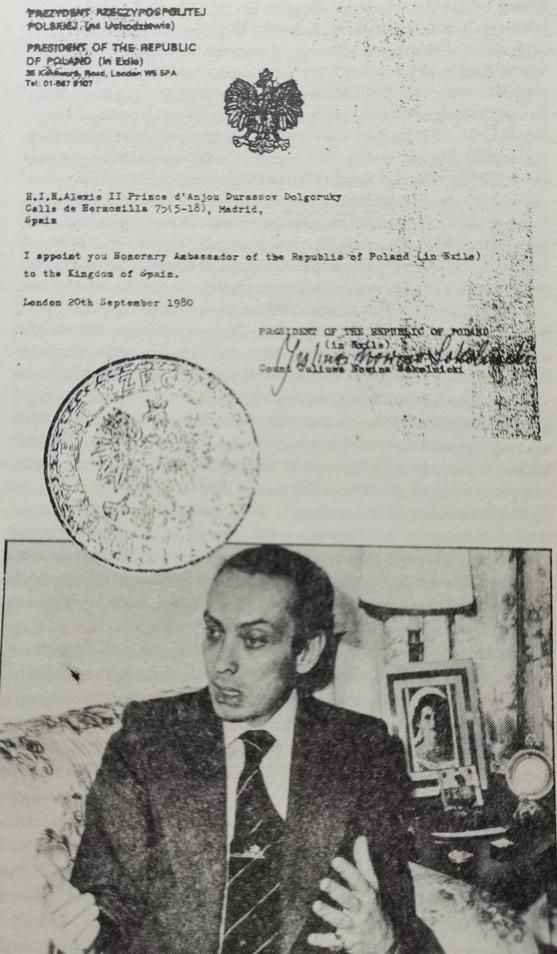
The first connection
of "Prince Alexis" with the Saint John name came on 15 April
1981 with his "nomination" by "Prince Robert" as
"Hereditary Royal Protector" on 15 April 1981.
Robert Khimchiachvili from Ohio Despite claiming to have given
$600,000 to an appeal for Nicaragua (for which no evidence was produced),
"Prince Robert" later denied under oath that his organization gave
any money to charity.
And as we have seen, the Bobrinskoy Orthodox Order of St. John (OOSJ) also
descended from Robert Khimchiachvili, whereby
the OOSJ produced its own invented history.
"Prince
Robert" was associated with the "Peter
Order," the logo of which, until 1987, headed "Prince
Robert's" stationery.
For
years, a con man Prince Robert ran a for-profit chivalric order out of a
one-bedroom “chancellery” on Central Park South:
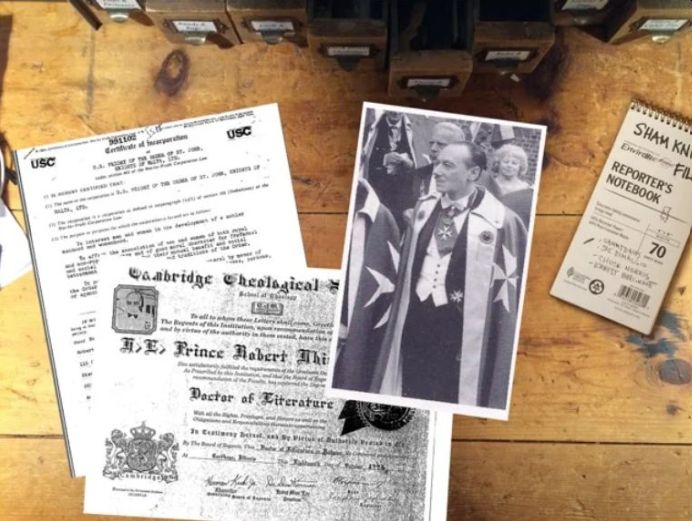
Prince Robert in full regalia:
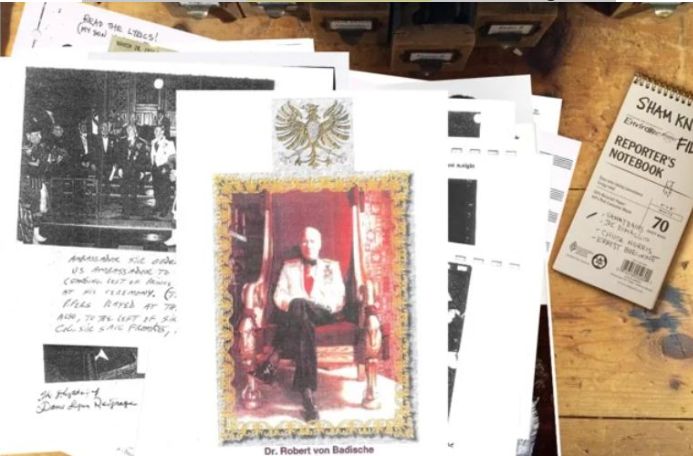
With the break up of Yugoslavia, Brimeyer/Dolgorouki
may be to imitate King Peter tried to claim the Serbian throne. Hence an
article in the Aragon/Huesca of February 12th, 1992, explained in a long but
somewhat tongue in cheek article that Alexis had been offered the Serbian Crown
by the President of the Radical Serbian Party and one of the most notorious
militia leaders, Vojislav Seselj in a small ceremony
at the Parador hotel of Monte Perdid in Huesca.
Astonishingly, news of this offer was repeated in much of the world press and
Alexis briefly saw his name in print, often with a photograph in a white
uniform with quantities of braid and multifarious decorations. The fact that
the two Serbs had absolutely no authority to offer him the throne and that his
descent was a complete invention was generally ignored.
Also involved with
the "lineage" of "Alex
Brimeyer" is the Belgian "Count" Gustave Steve von Keteleer who not
unlike Burzi is well known in the world
of fraud, forgery, and embezzlement probes. He also was locked up in jail
in Belgium after being linked financially to the head of the
weird Ecoovie sect. He used many aliases including that of the amazing Prof. Dr. med. Maolinn Tiam Apjoilnosagmaniteogslg.
Other activities
involving the Belgian triggered complaints
from the top Rothschild banking firm and
from Prince Rainier of Monaco over alleged abuses of their names.
There maybe also is
some irony involved given that "Prince Robert"was
nominated "Alex Brimeyer" who was indeed born in the Congo with
"Robert" fraudulently making up a
“His Majesty King Henri Francois Mazzamba,
Sovereign Ruler of the Kingdom of Mombessa, situated
in the Republic of the Congo.”
The able Guy Stair Sainty who graduated from the College of Law
in London detailed in his two-volume World Orders of Knighthood and Merit
(2006) and also mentioned in an earlier two-part introductory article from 2005
that continues to circulate on the internet without mentioning Guy Stair Sainty
as the author suggests that Bruno Bruzi's order
initially was influenced by disillusioned members of the San Francisco branch
of Brimeyer's order.
Whereby in the case
of Burzi, there were more drastic involvements of
money laundering, kidnapping, racketeering, blackmail, fraudulent documents,
and drug trafficking, with initially a judgment
by Regine Claeys. The trial lasted for ten years because the statements
could not be obtained, and the requested
documents could not be delivered to the court.
Plus it got worse
when Bruno Burzi came up with a plan to take hold of
some of the resources in Congo and created
a self-invented Treaty of Nice.
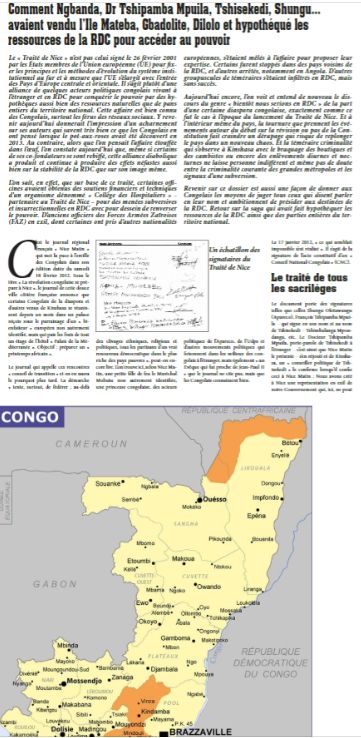
It involved among
others the naturalized Belgian, Colonel Kadate
accused of "subversive activities" as described in an article titled questions
for Colonel Kadate Lekumu.
They have false
diplomatic passports allowing them to cross borders without being checked.
In the Treaty of Nice,
they ask for real-world recognition of extraterritoriality—a sovereign state.
With this
sovereignty, they want to manufacture real diplomatic passports, create real
banks, etc.
They have money.
They have fake
diplomatic passports allowing them to cross borders without being checked.
In the Treaty of
Nice, they ask for real-world recognition of extraterritoriality. A sovereign
state.
With this
sovereignty, they want to manufacture real diplomatic passports, create real
banks, etc.
They have money.
The Treaty of Nice
had two objectives: -Sign with the opposition the transfer of the Island of Mateba. If the opposition had come to power, this operation
would have worked. A coup attempt took place at the same time. It immediately
turned into a fiasco (12 dead) - Taking advantage of the money of a credulous
person who financed everything.
Also called "Matebagate" the Alliance 'des patriotes
pour la refondation du Congo, APARECO' (the
opposition) manipulated by the OMHSJ, and "recruiters" like Chessie
Kanyanga or politicians like Félix Tshisekedi are working towards a
balkanization of the Democratic Republique of Congo.
A driving force
behind the Treaty of Nice is Marcel Kanyanga Tshitebu,
the brother of Chessie Kanyanga, both brothers of the wife of Moella Kalala
Omer (signatory of the Treaty). In turn, Moella Kalala Omer is Pastor Faustin
Shungu's brother-in-law.
A coordinator of the
OMHSJ brothers is Marcel Kanyanga Tshitebu, the son
of Ambassador Kanyanga Fwadi Fortunat.
The Island of Mateba, referred to above, is a major river island close to
the river mouth of the great Congo River. The island lies in the Congo, whereas
the southern river shore lies in Angola. There are at least two villages on the
island, one on the island's south coast and one on the north coast.
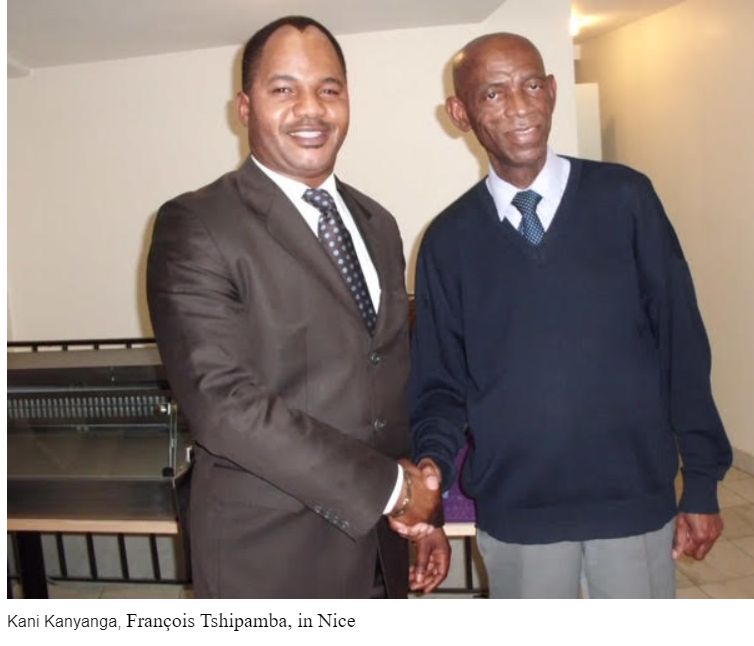
On the left underneath, Patrick Morisson the
intellectual of The OSMH: Underneath on the Right: Honoré Ngbanda:
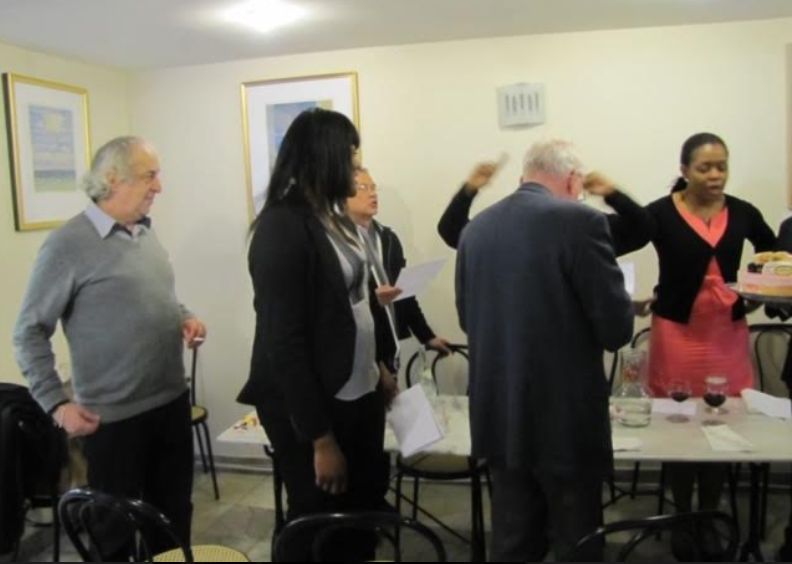
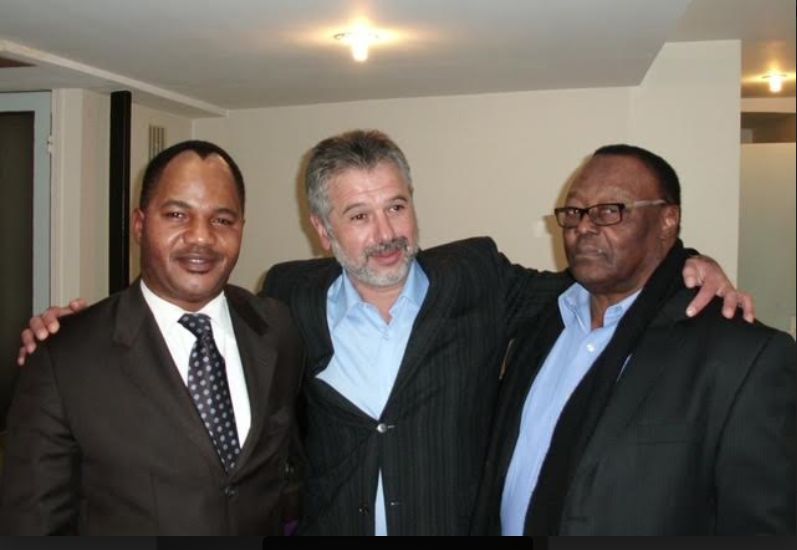
See also
the original documents below:
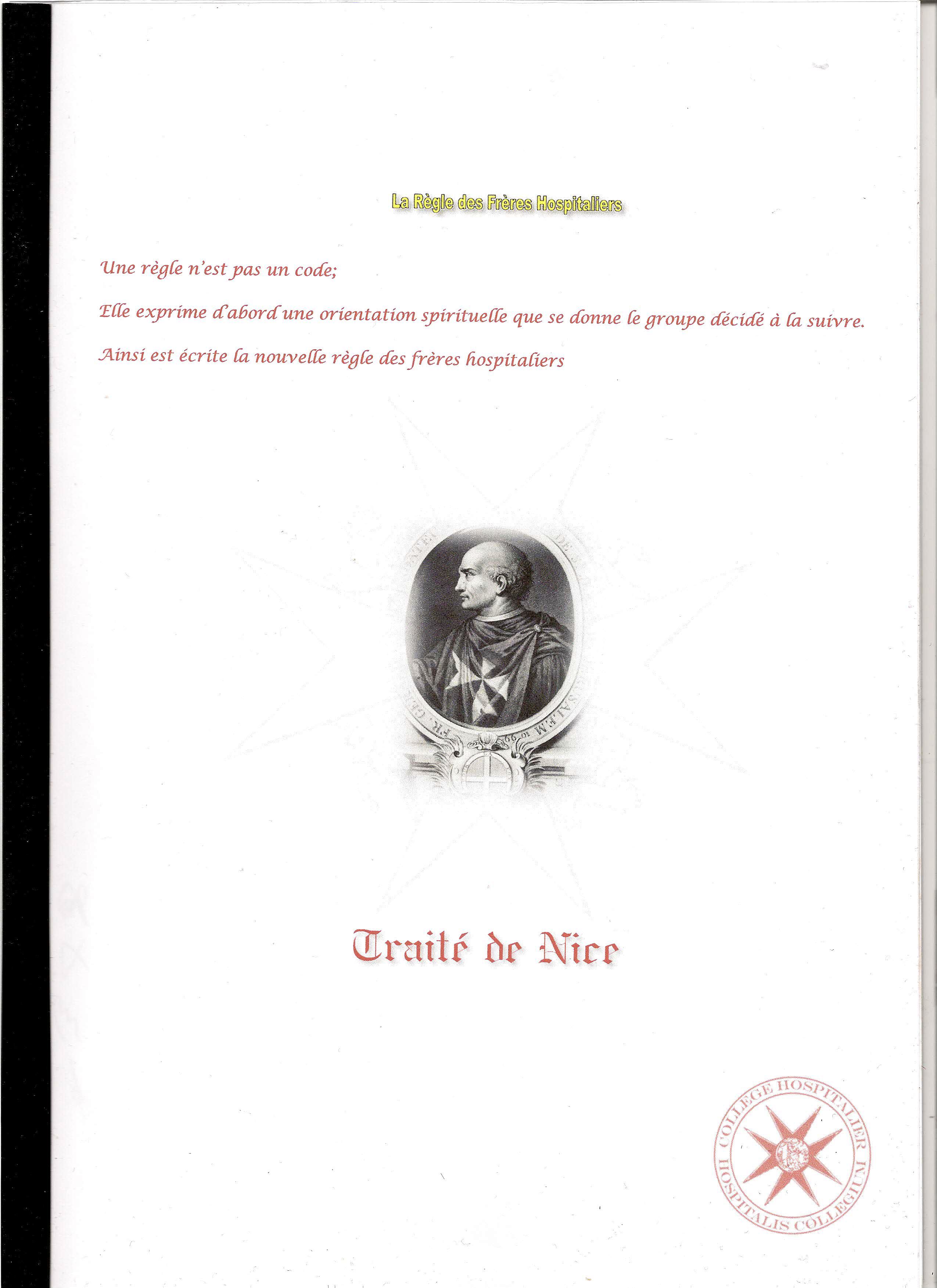
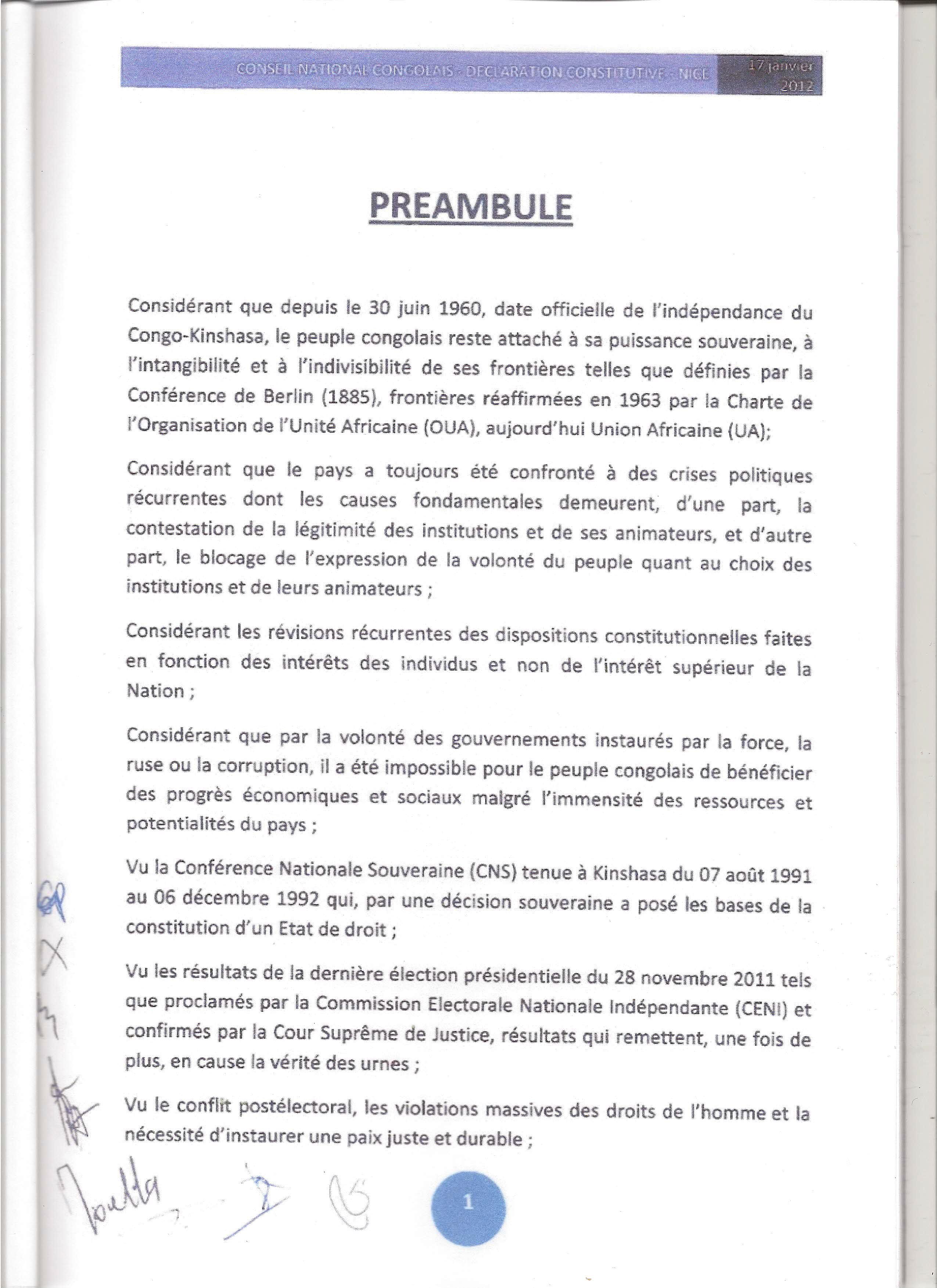
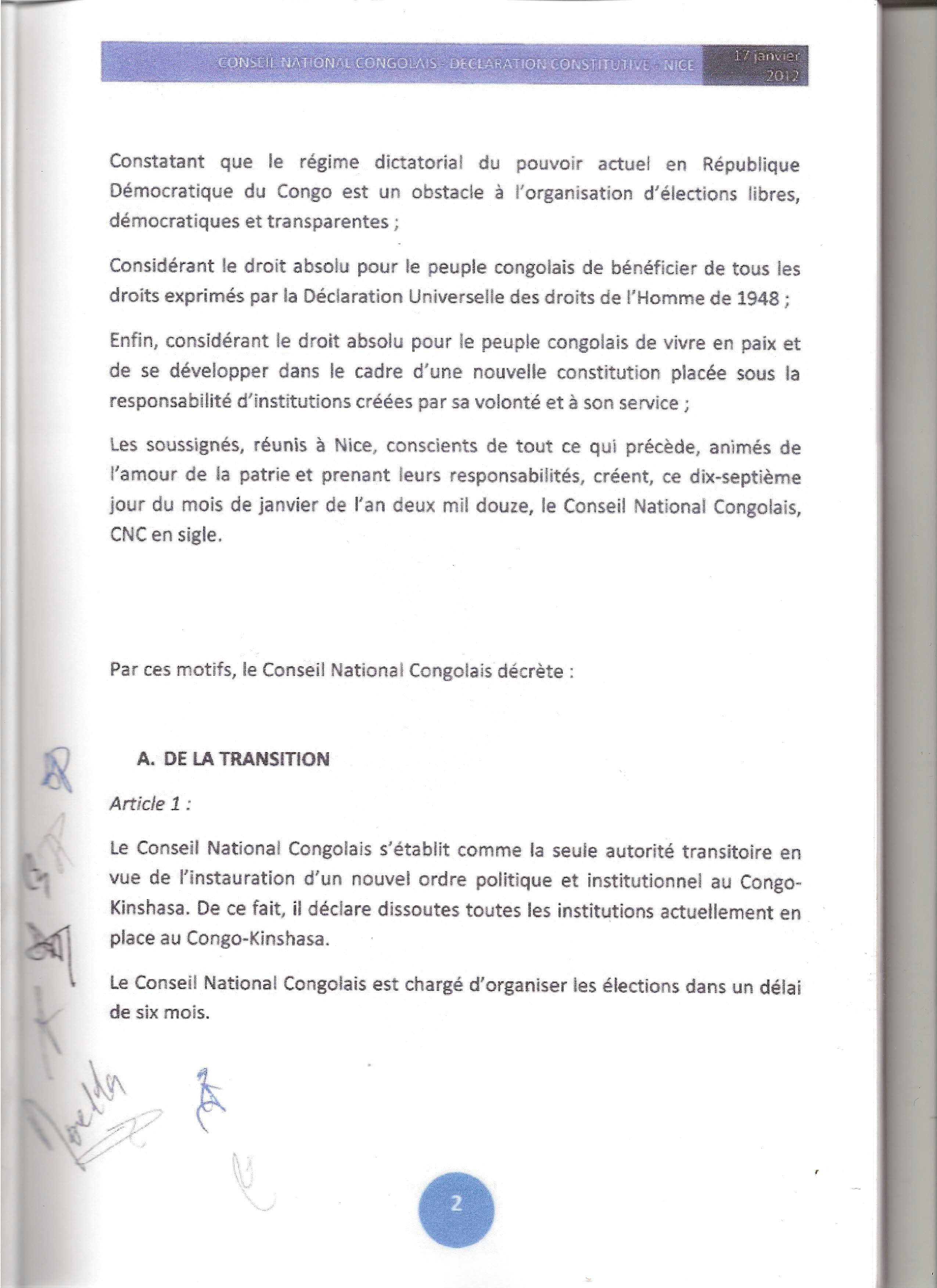
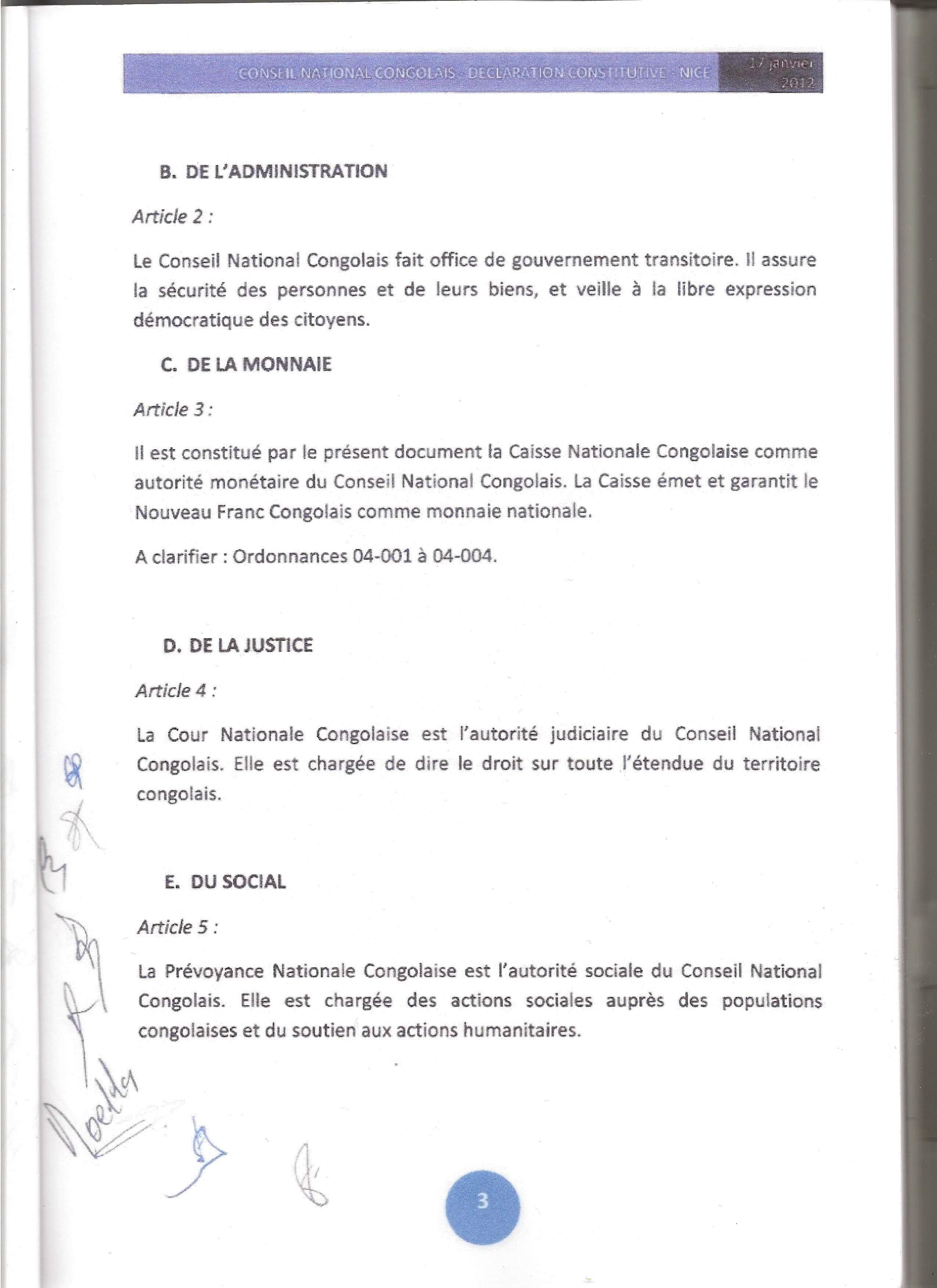
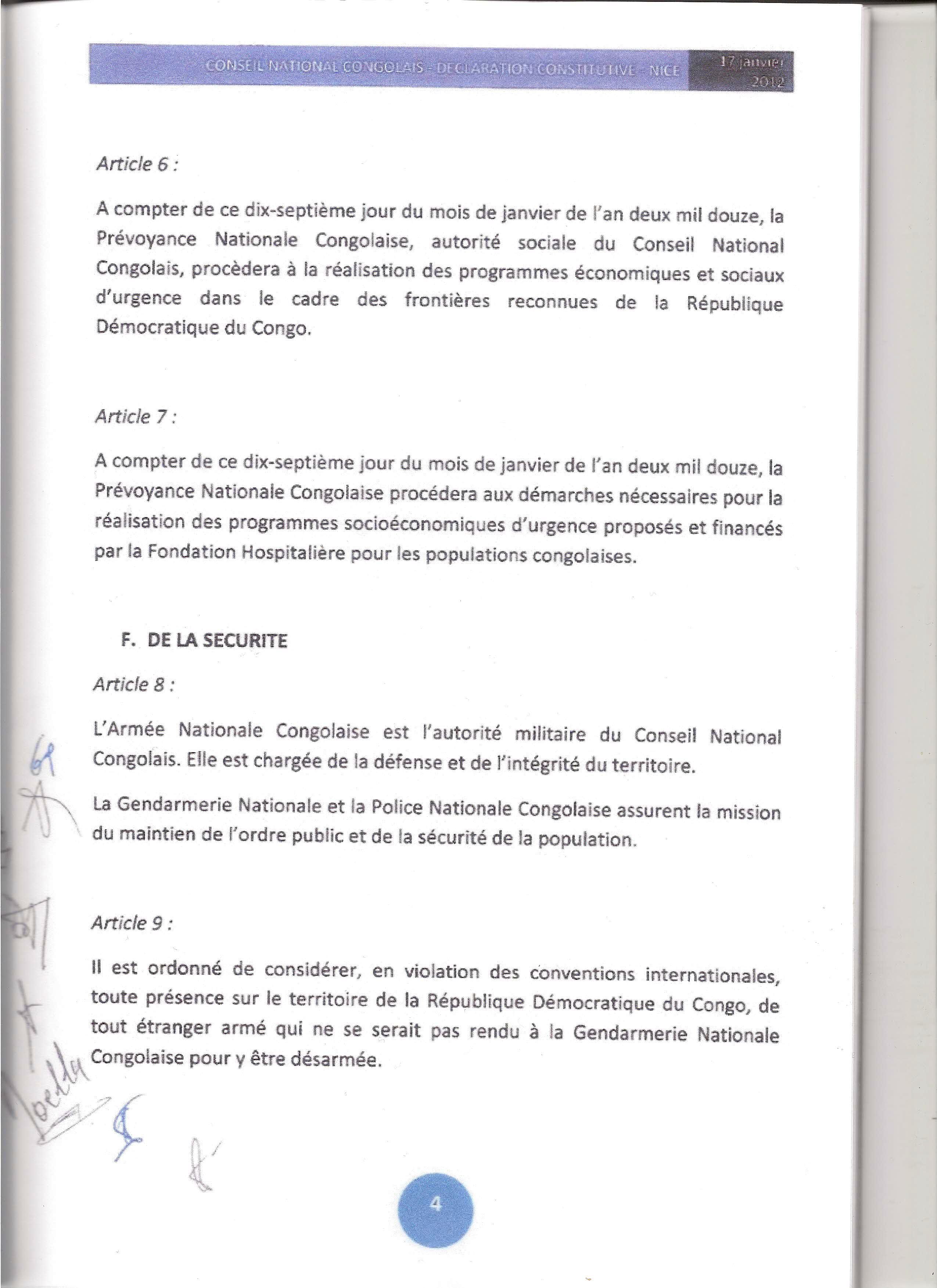
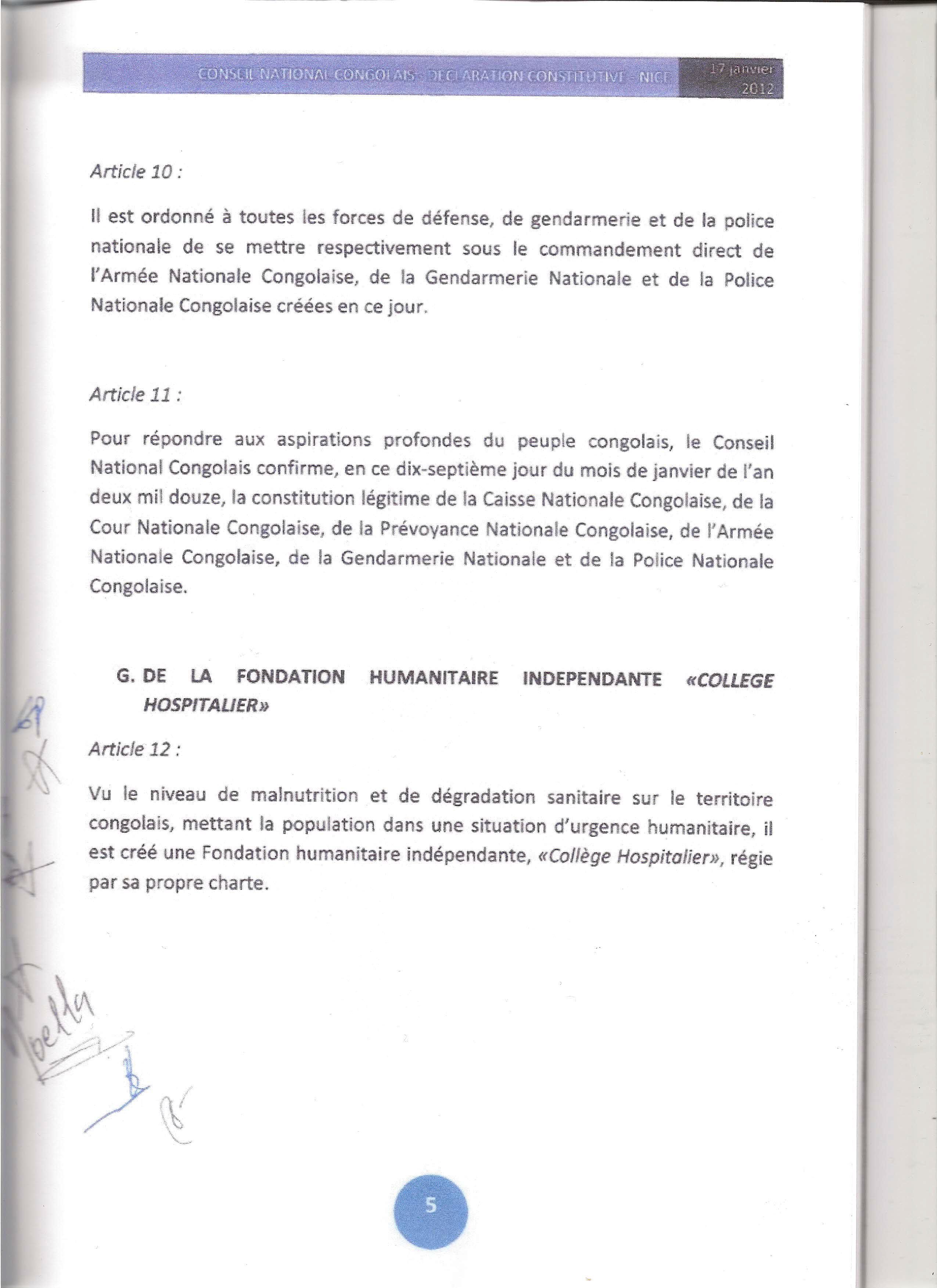
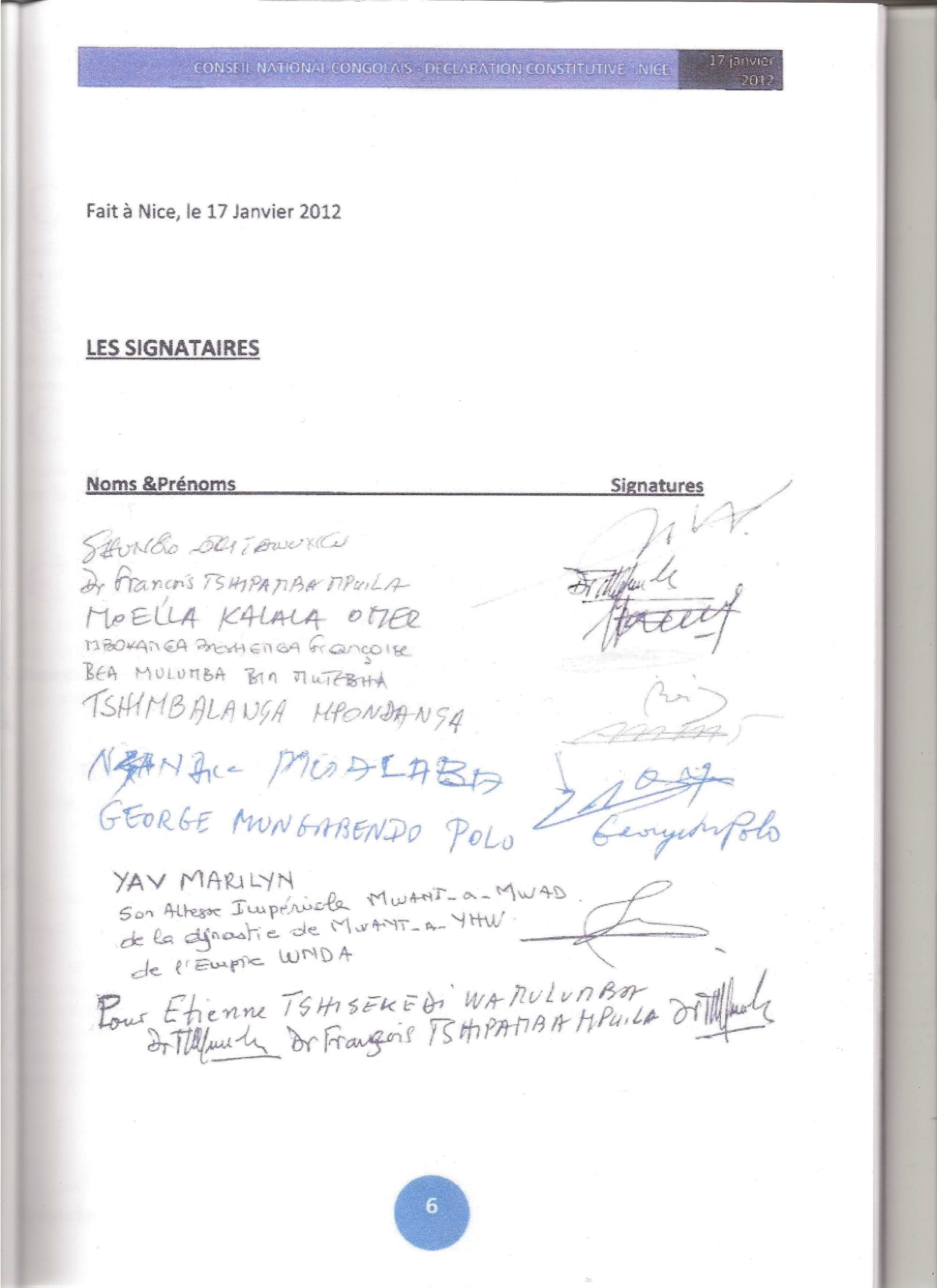
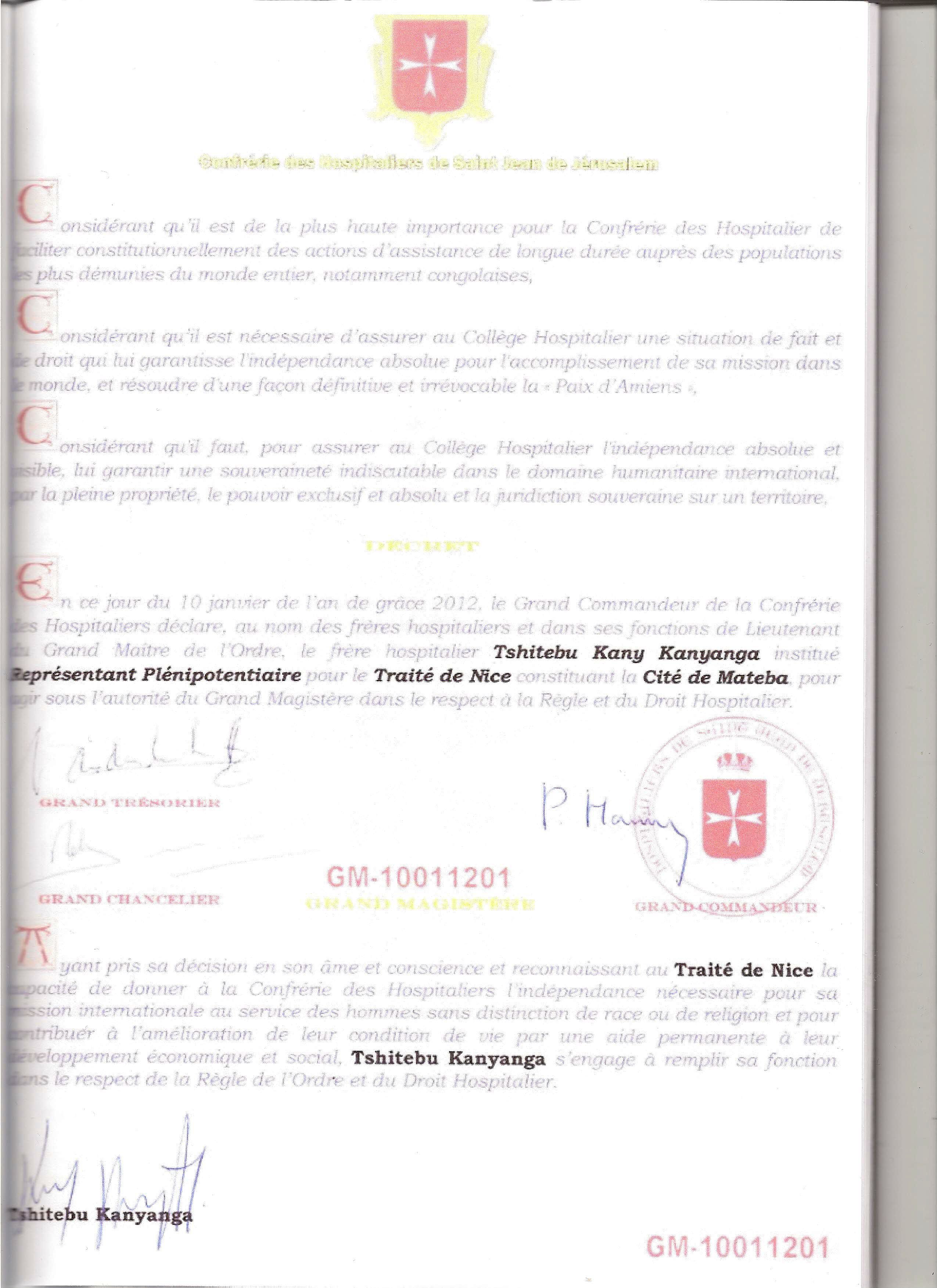
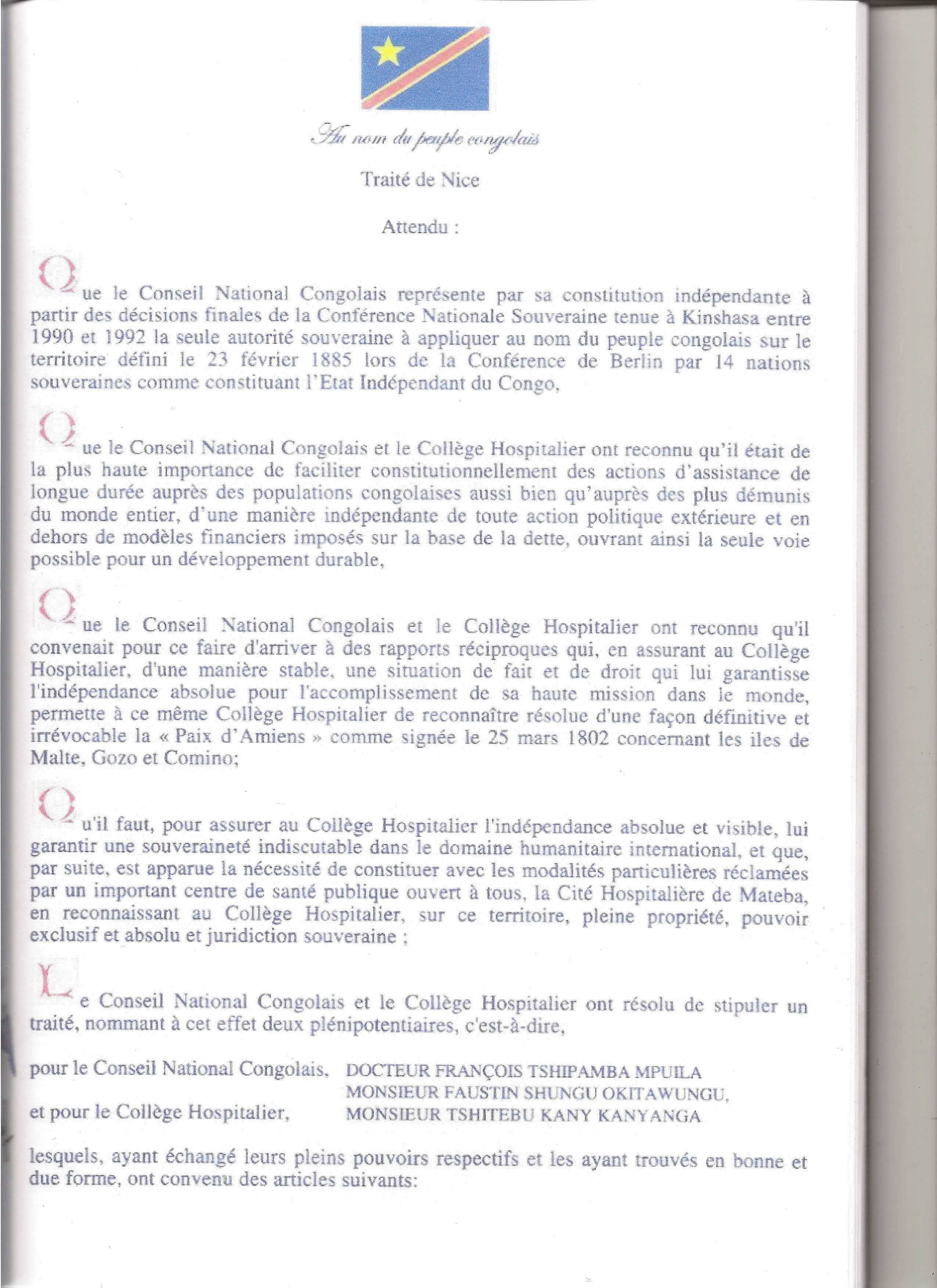
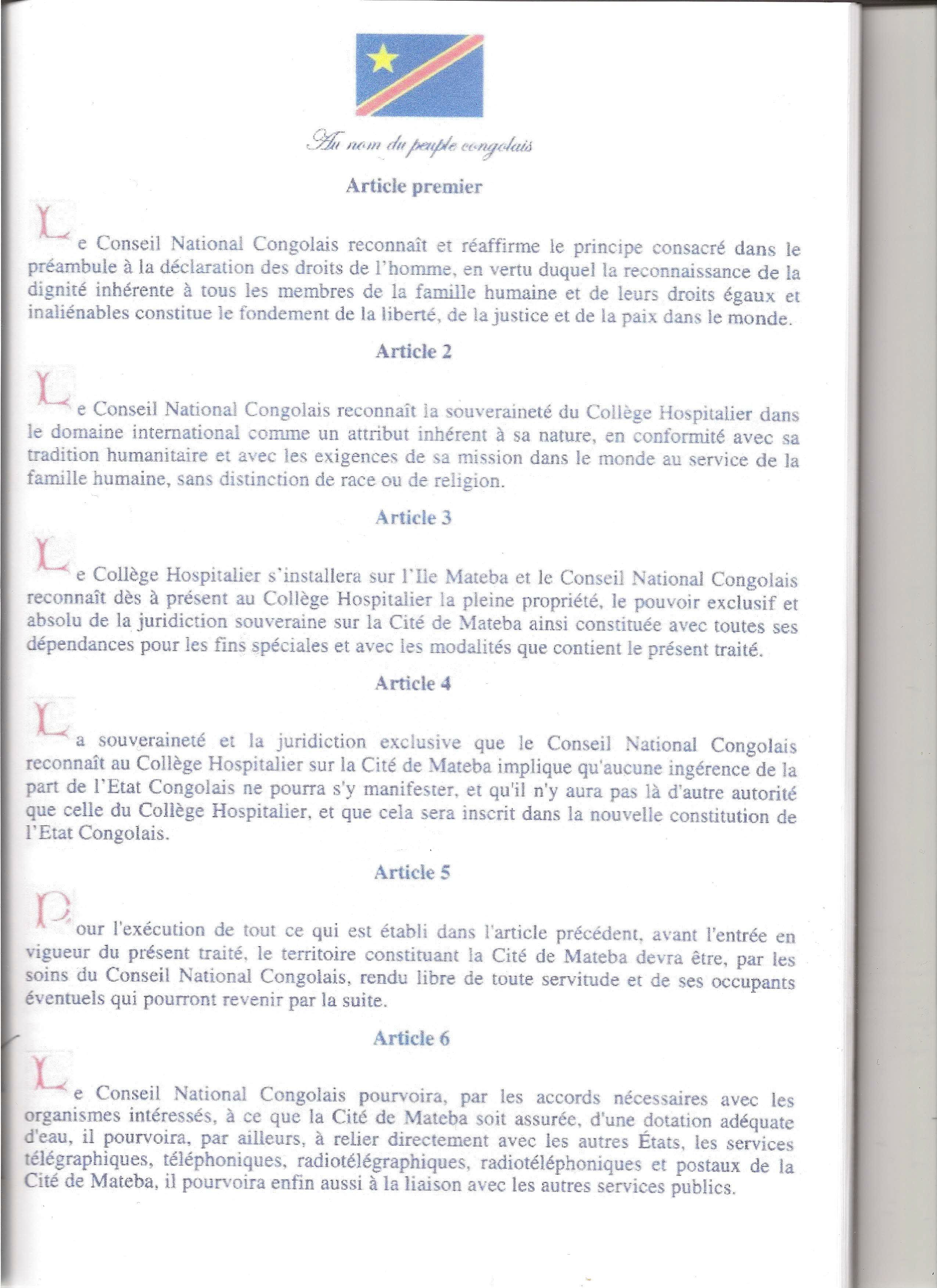
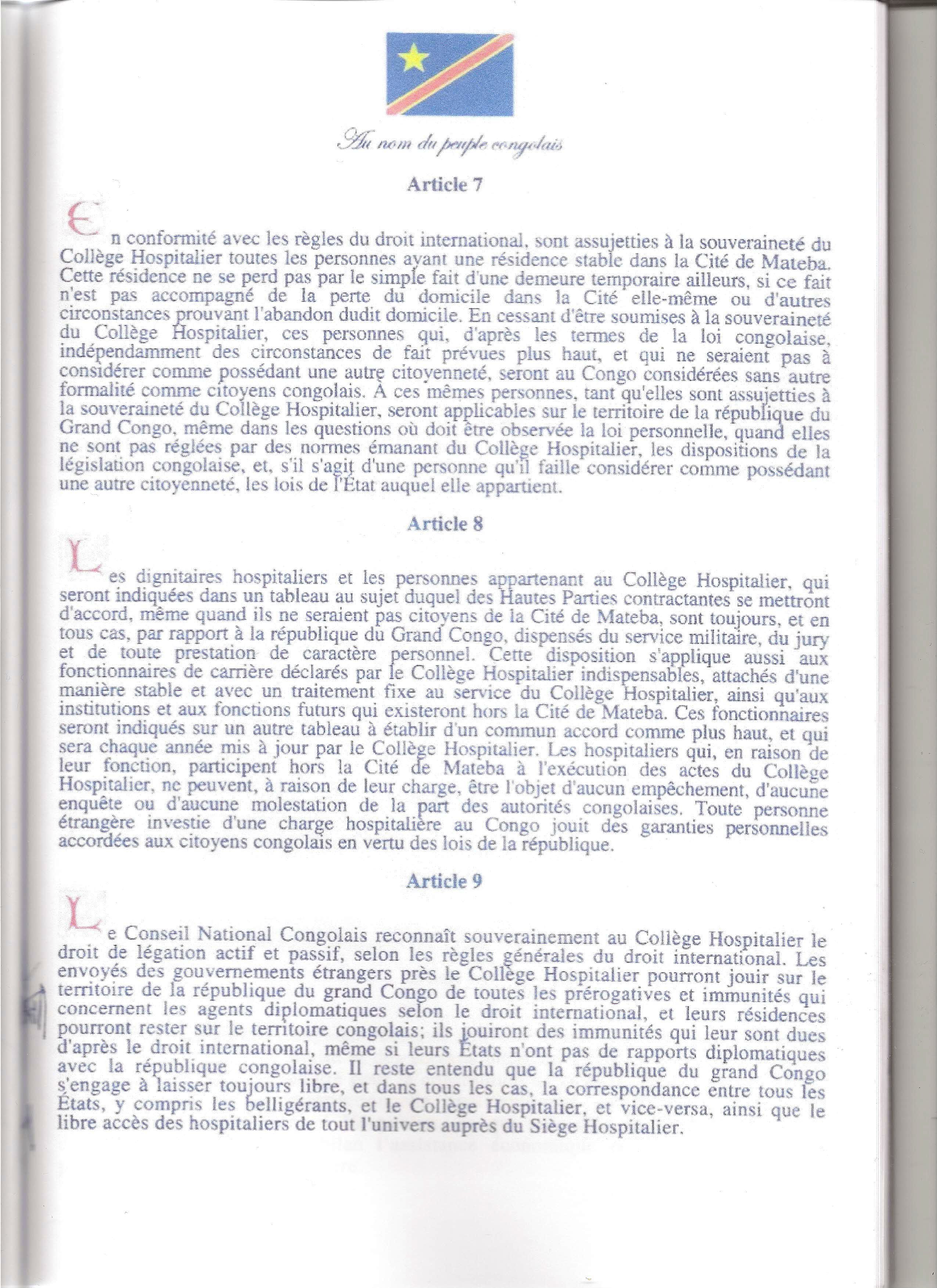
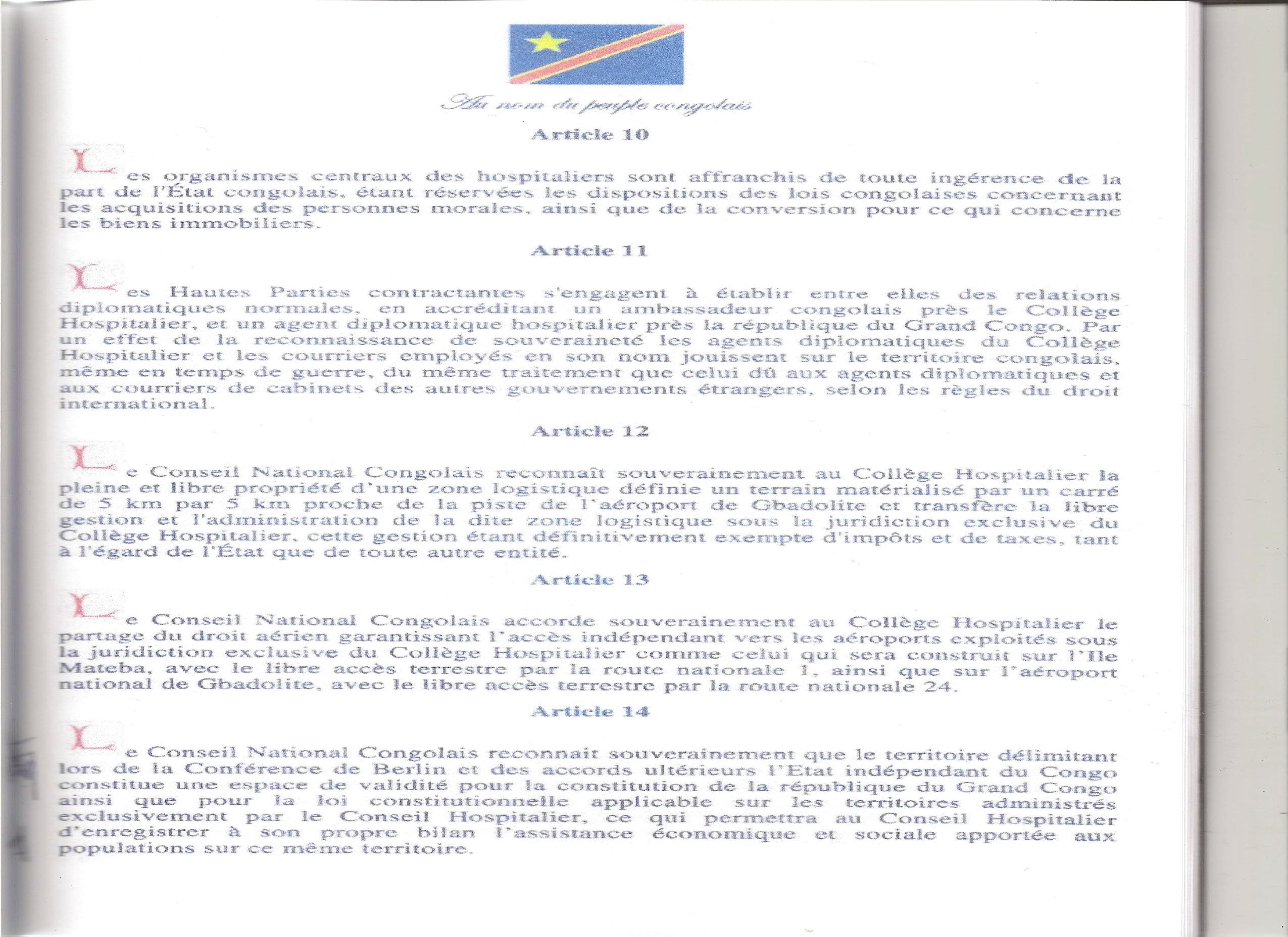
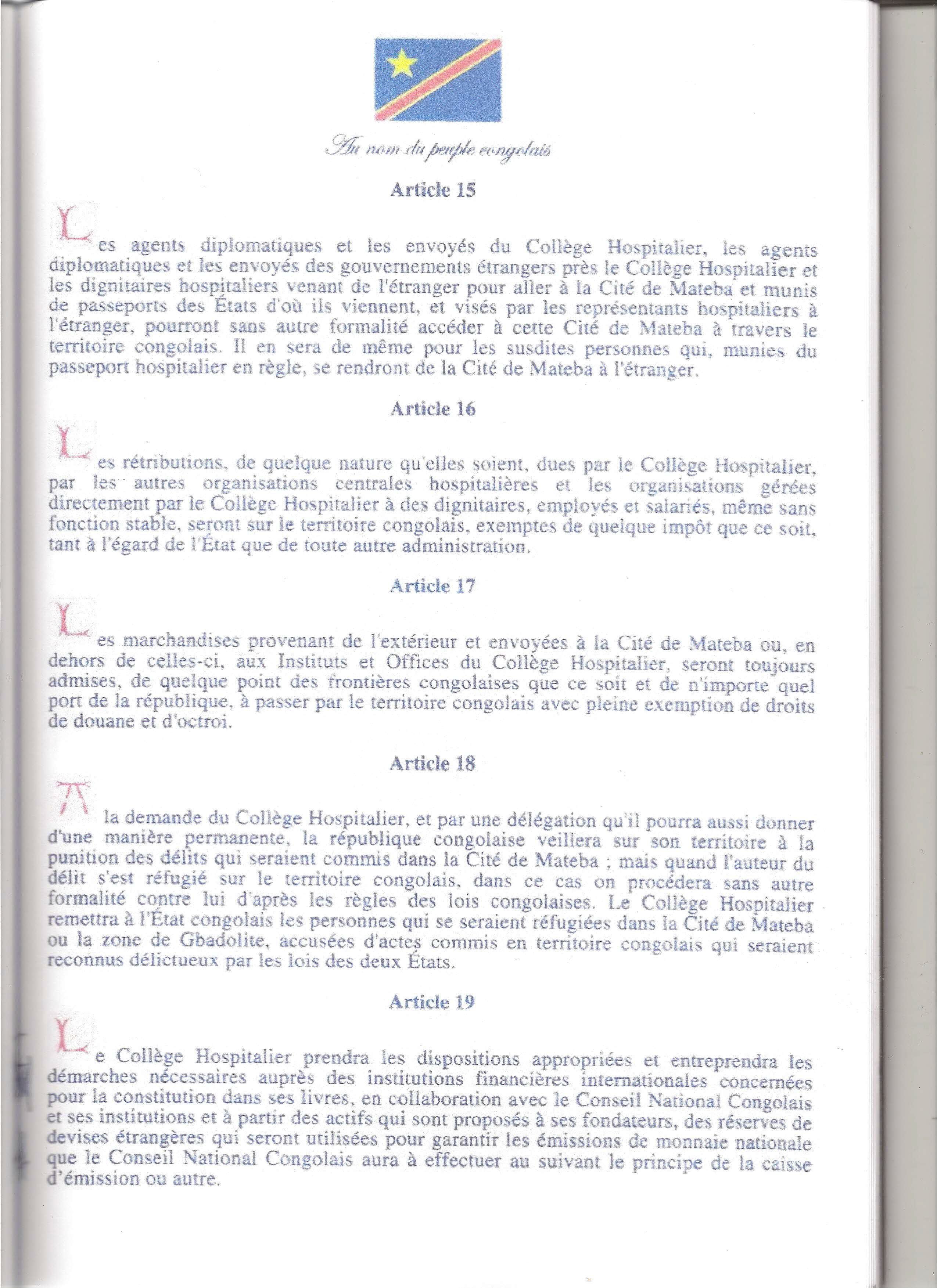
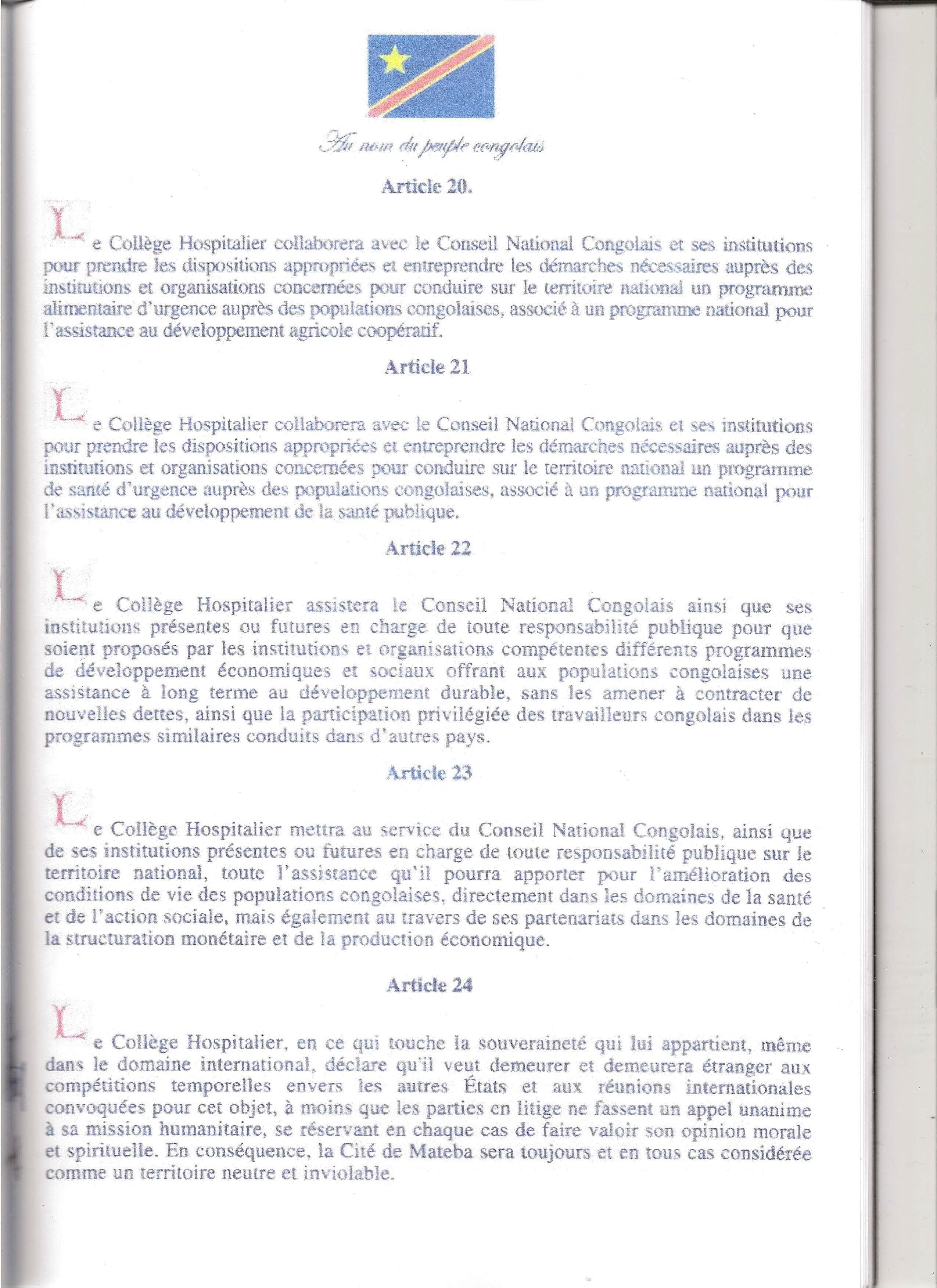
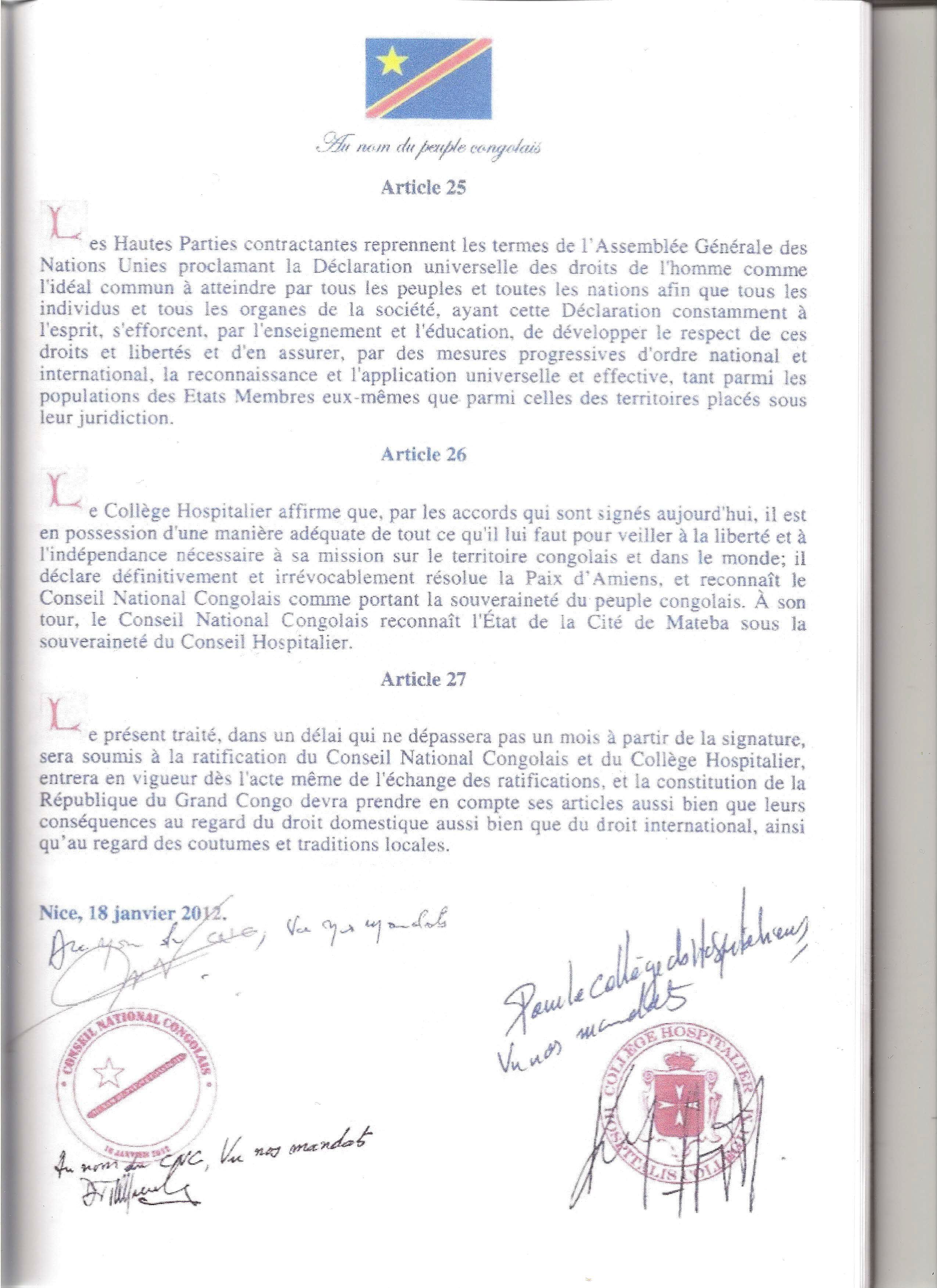
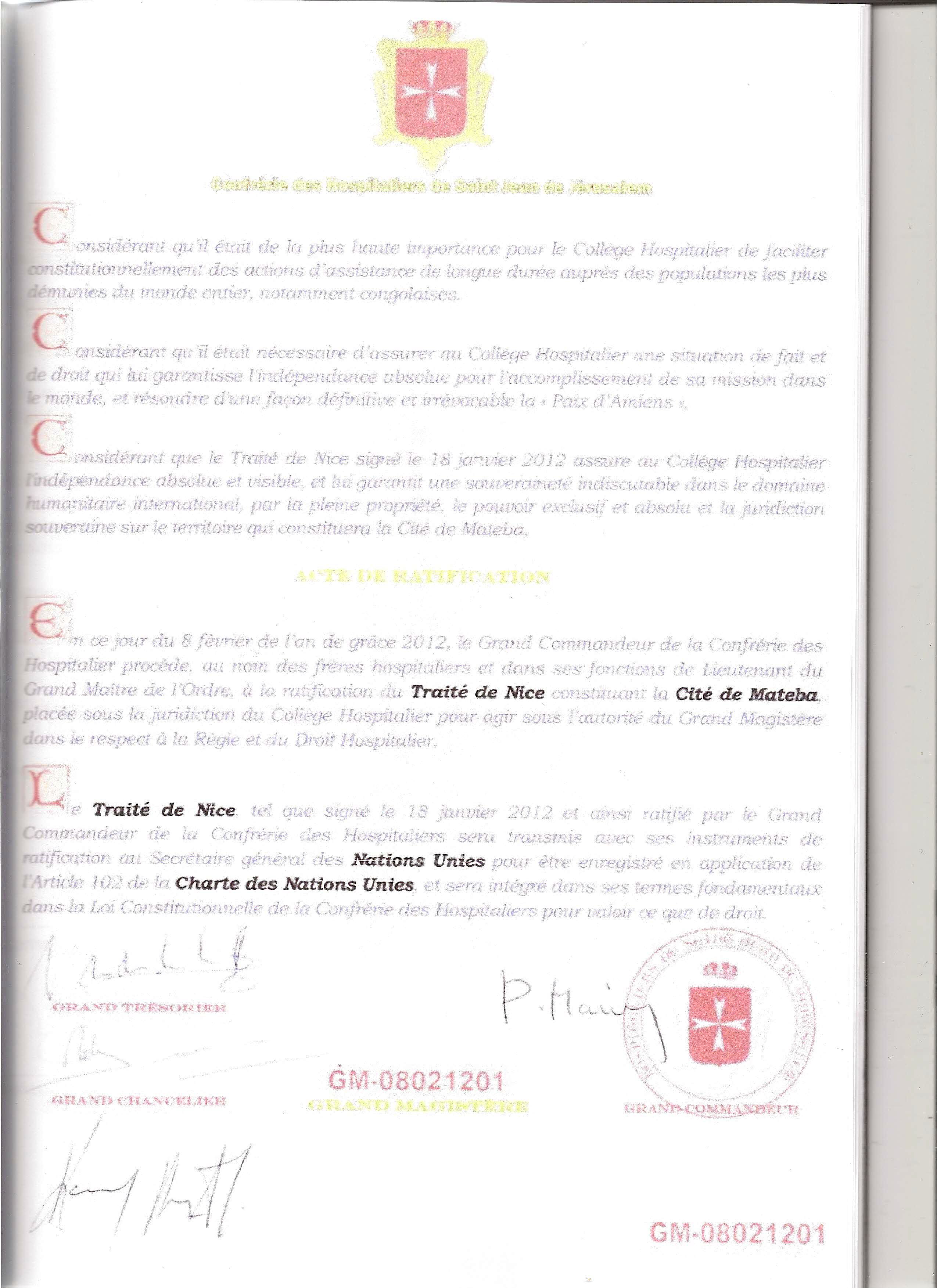
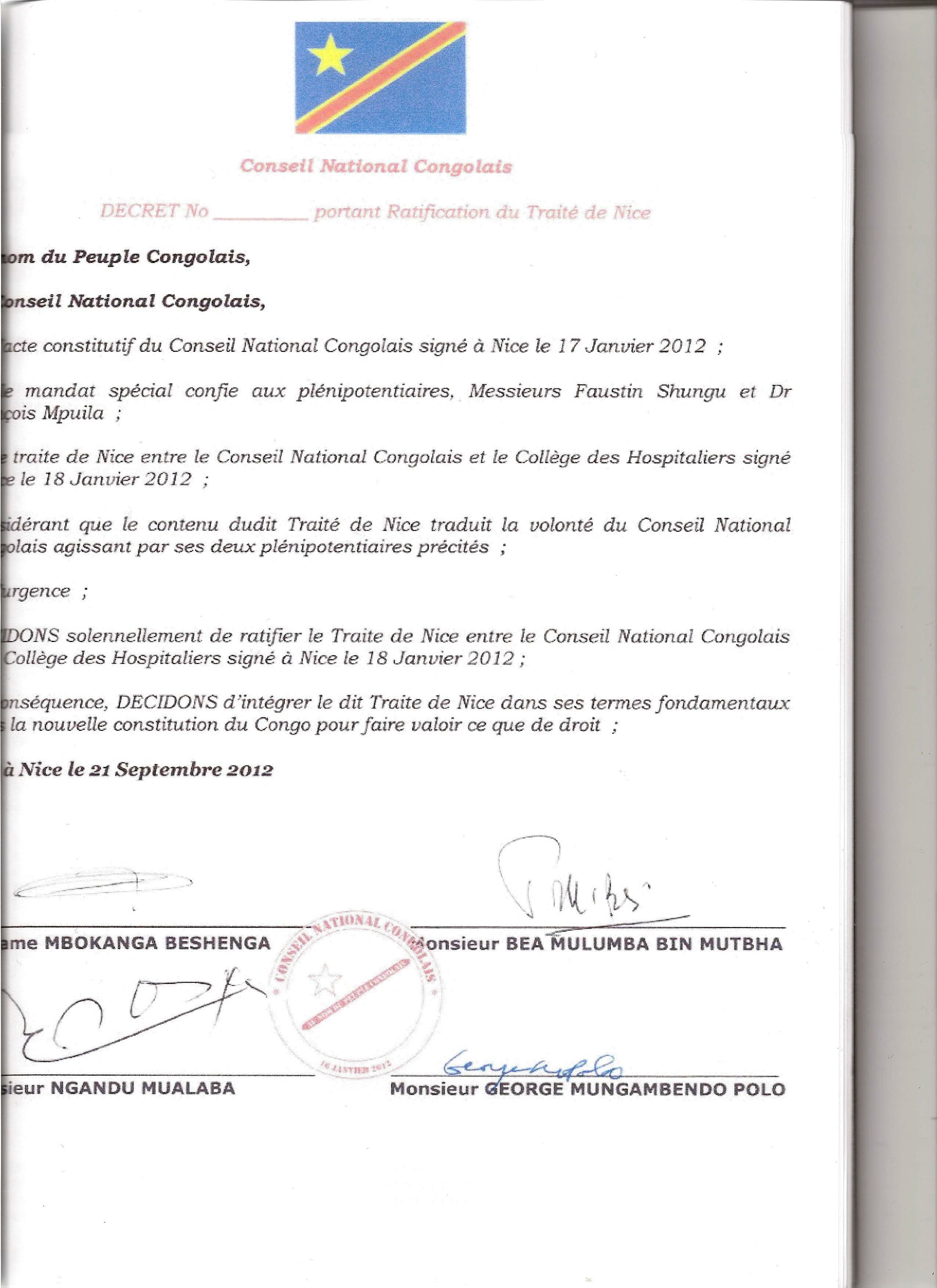
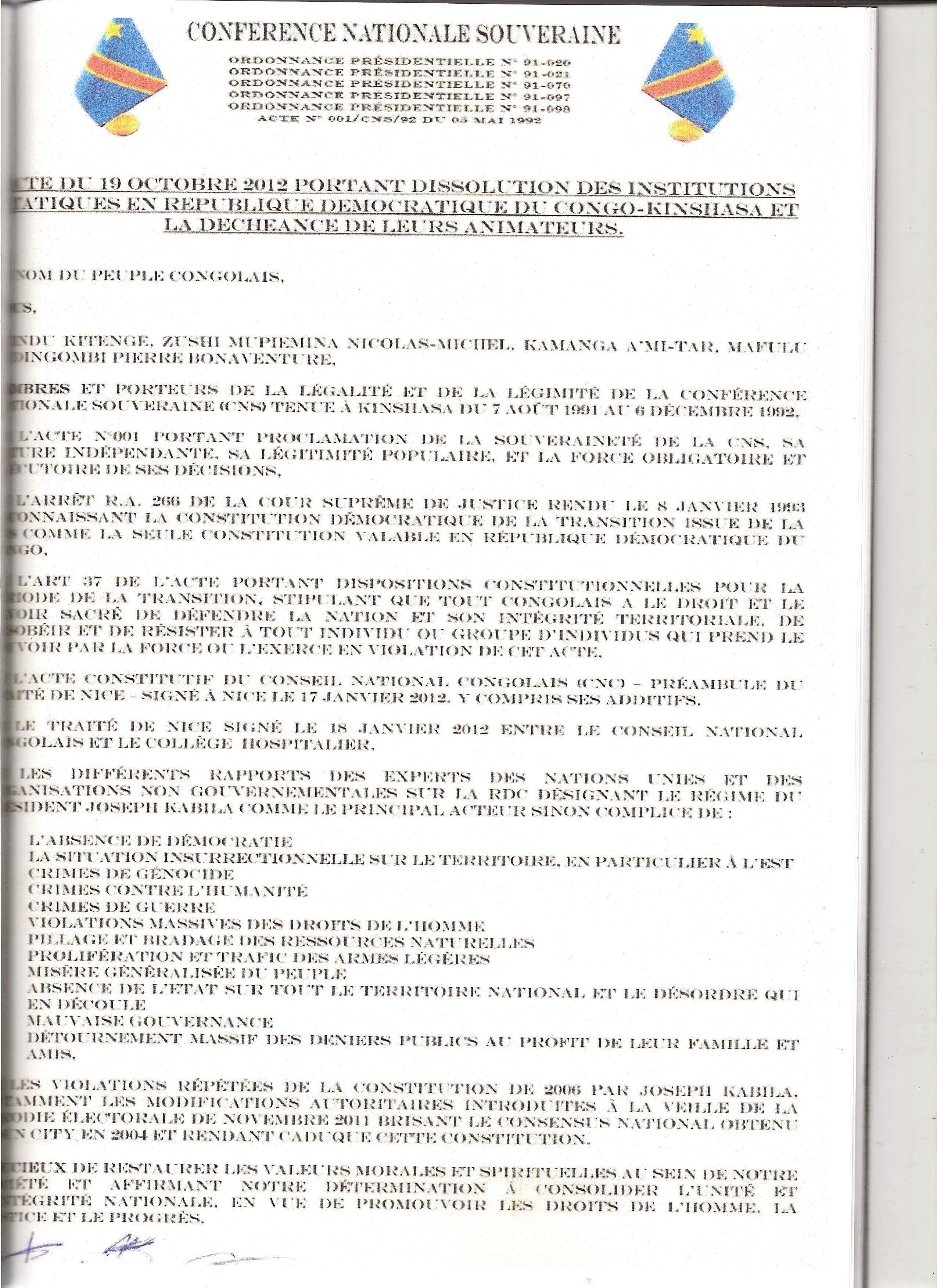
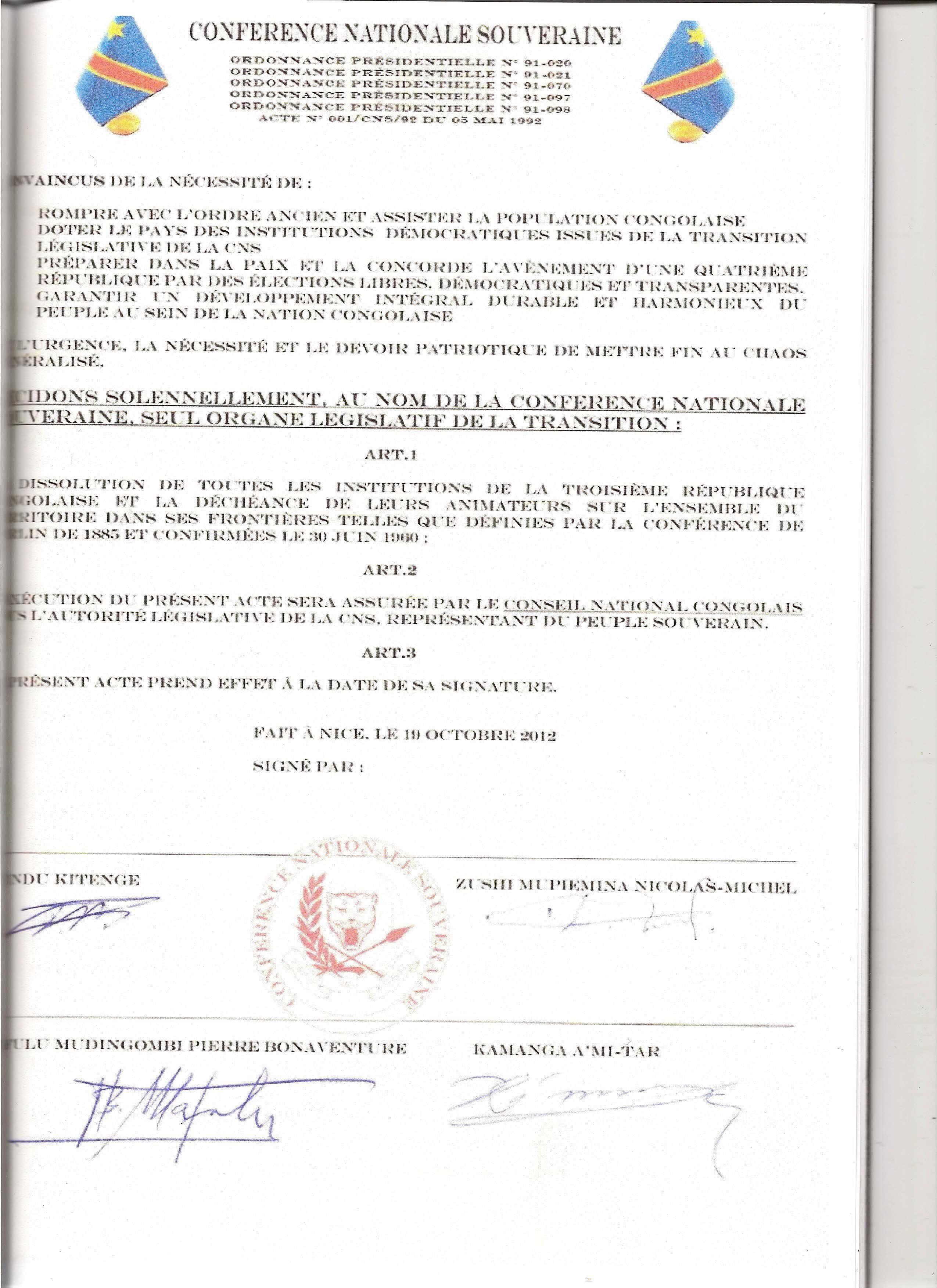
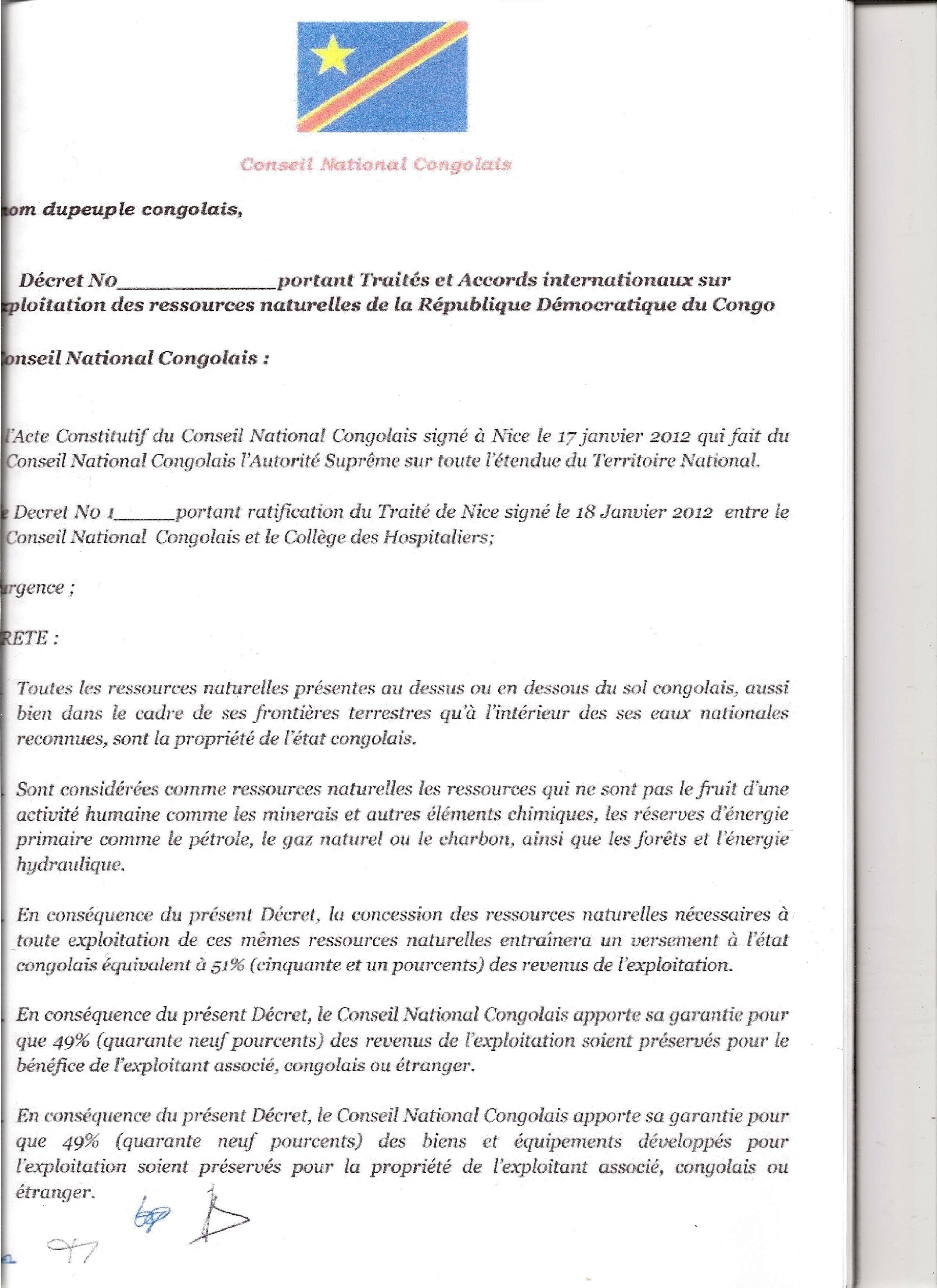
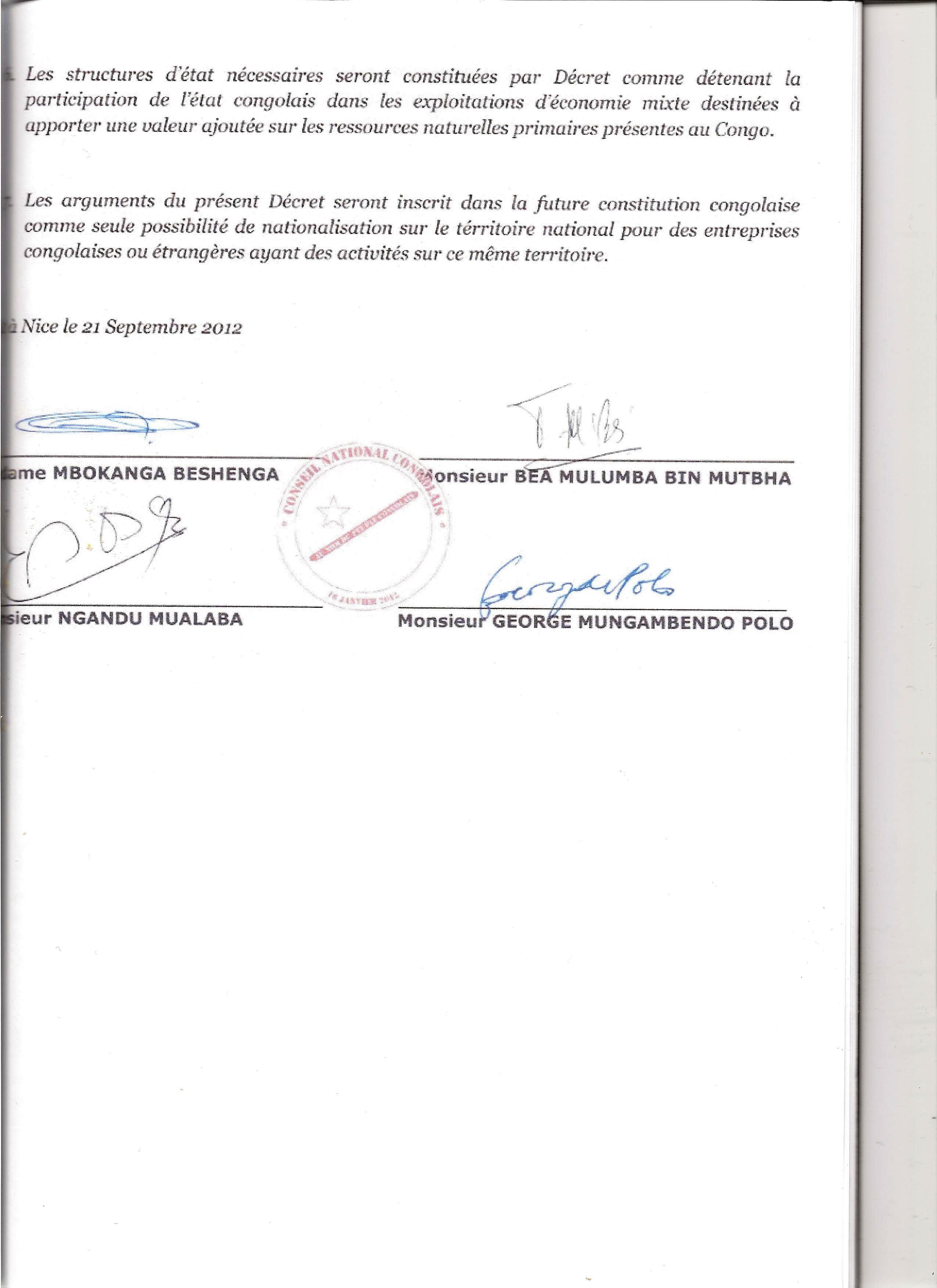
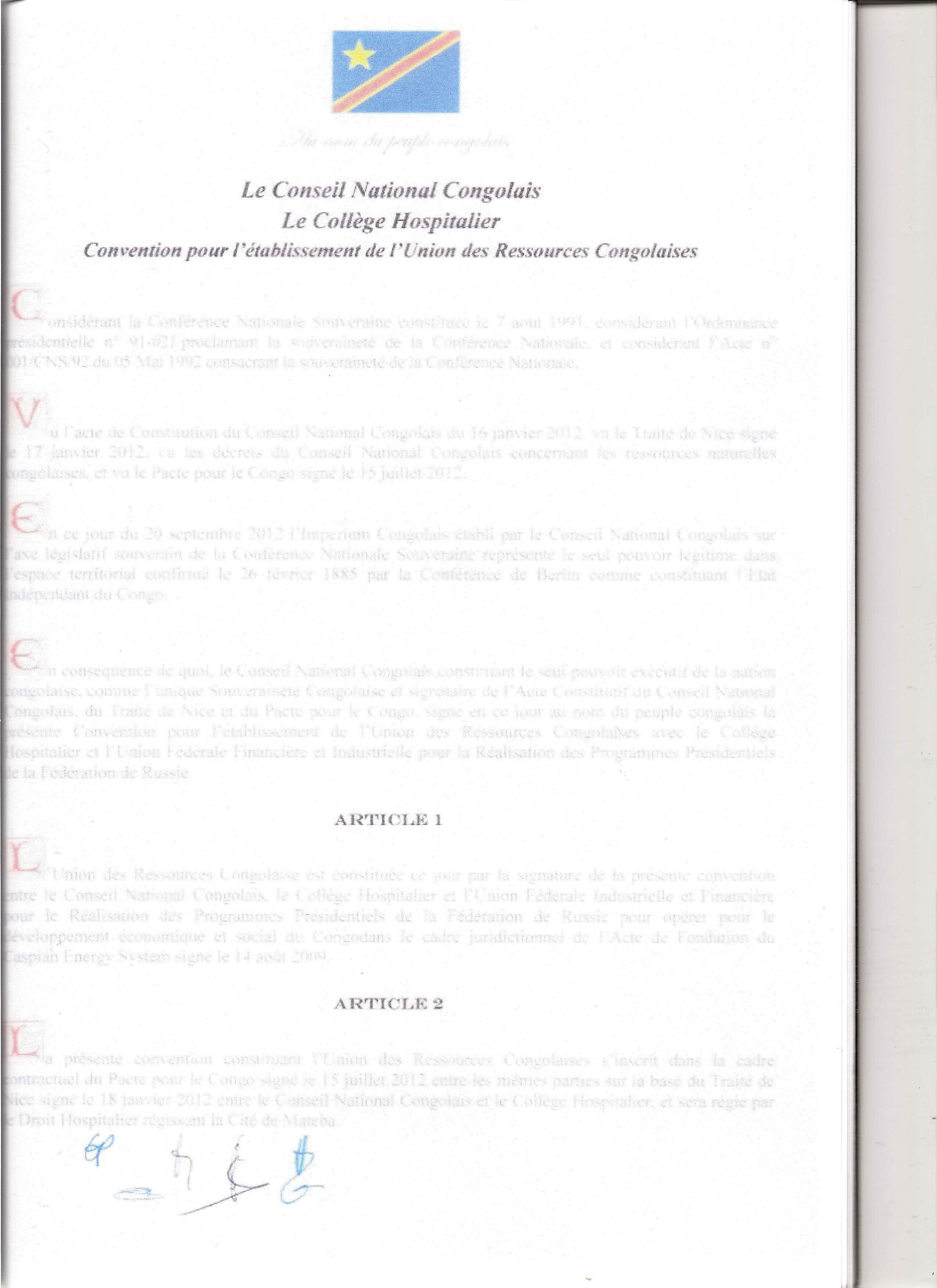
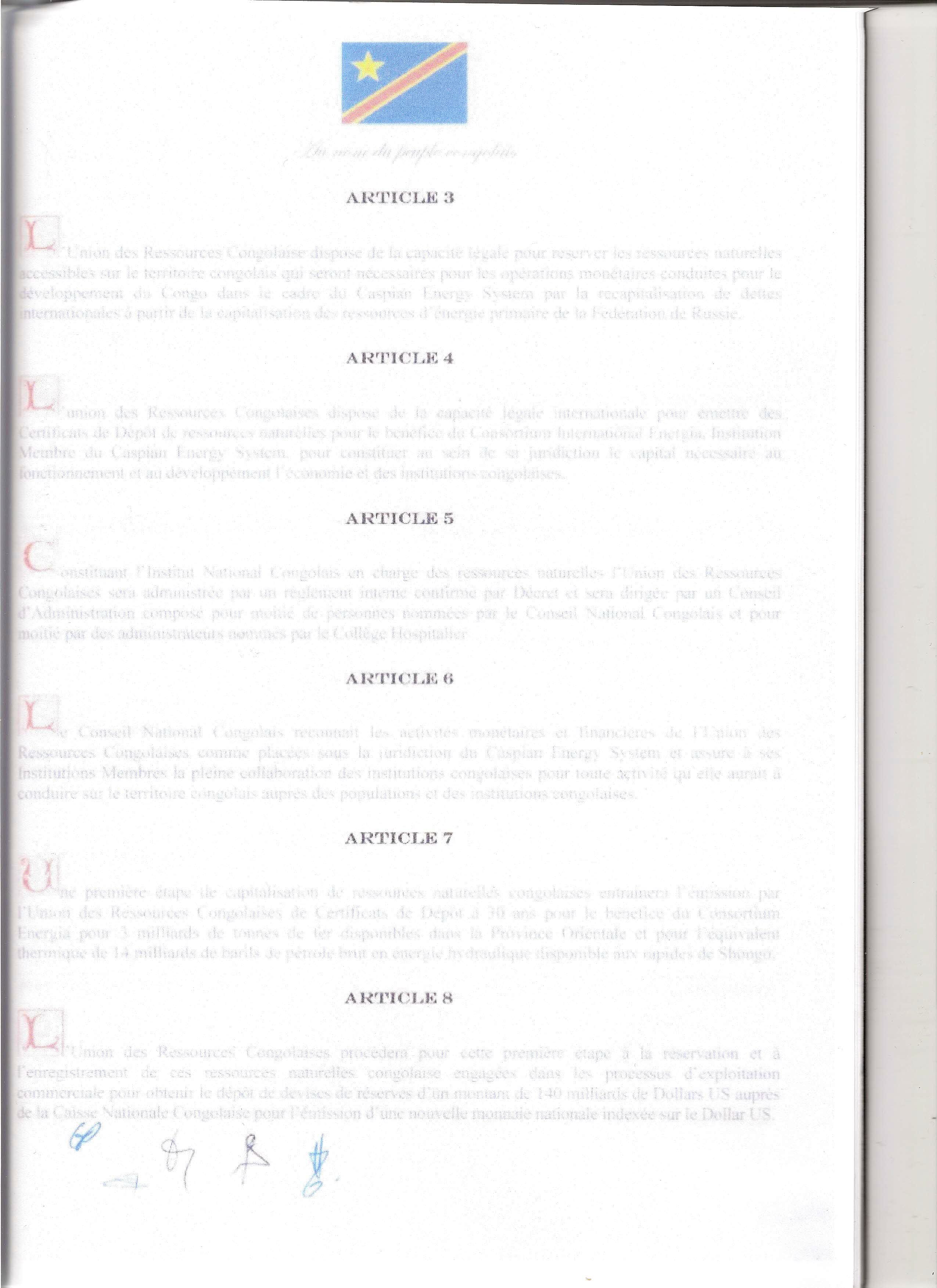
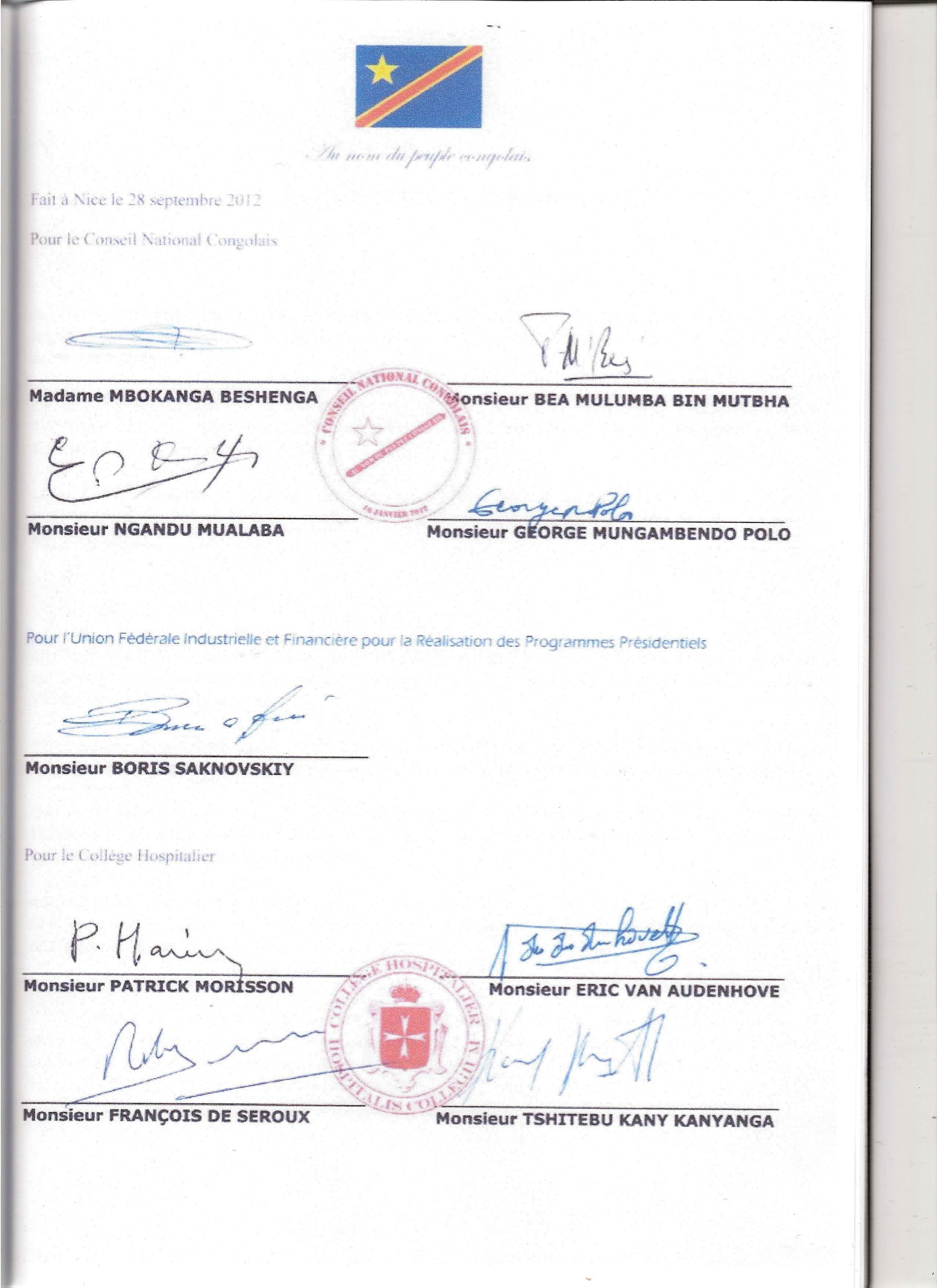
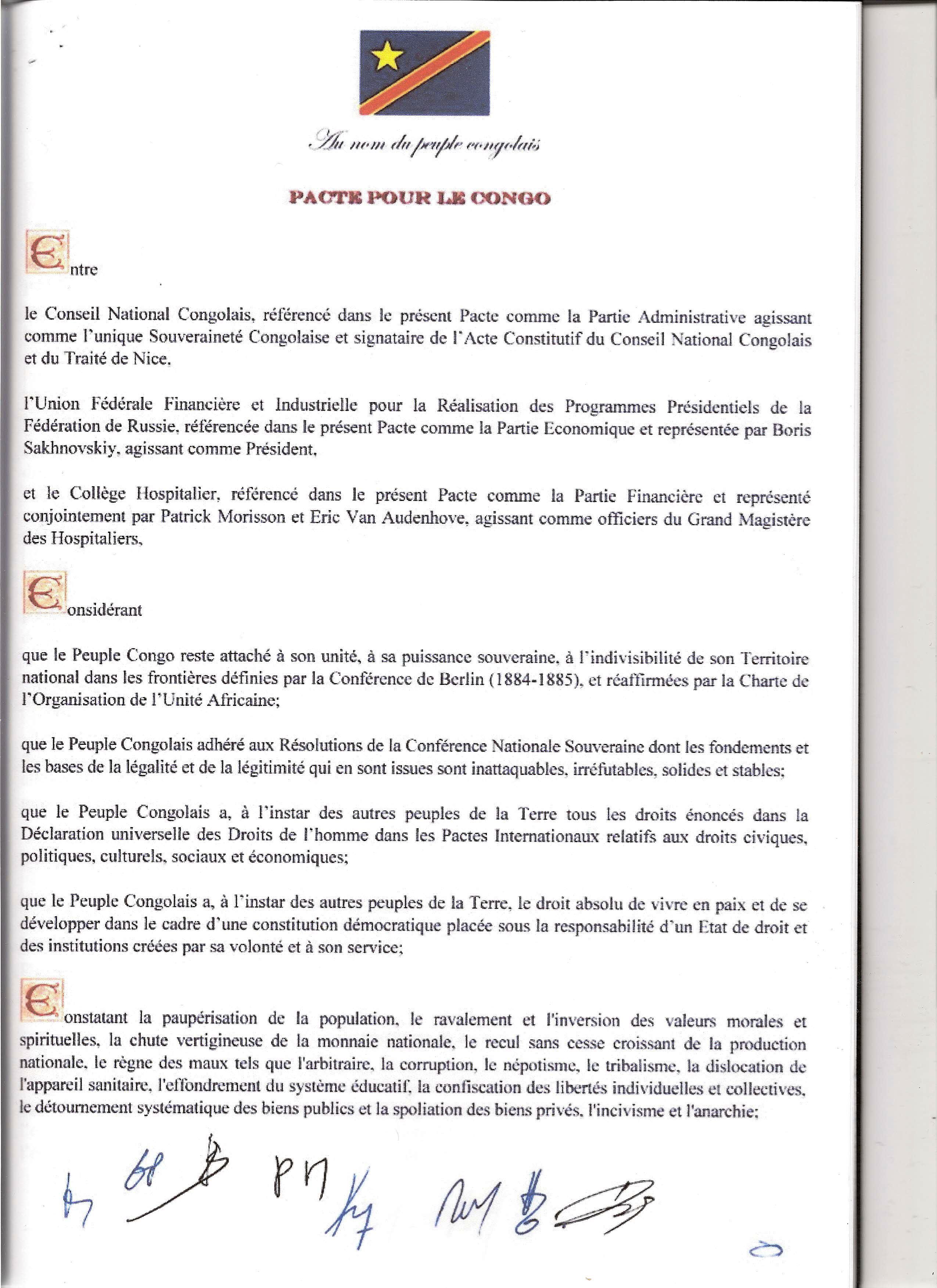
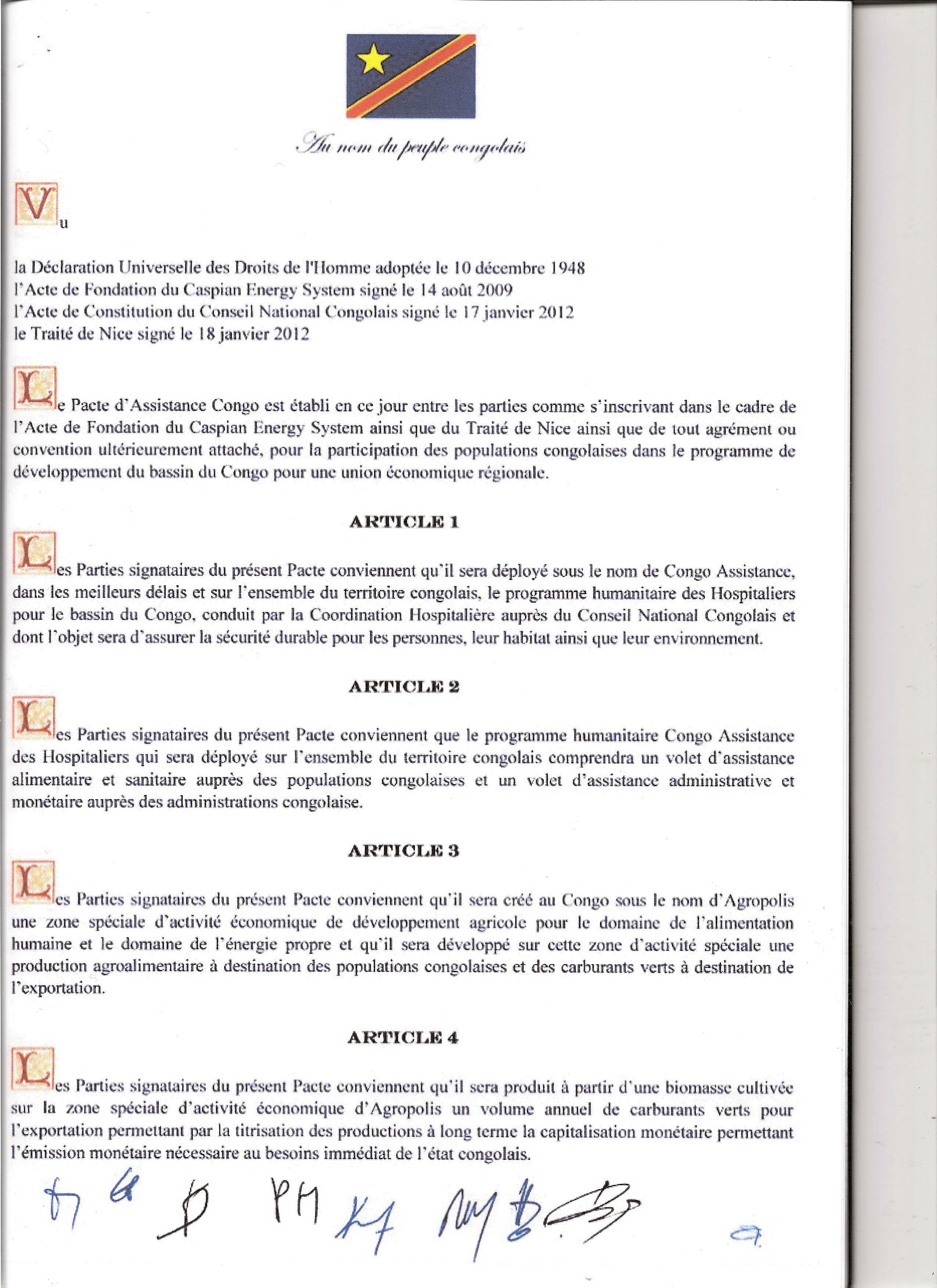
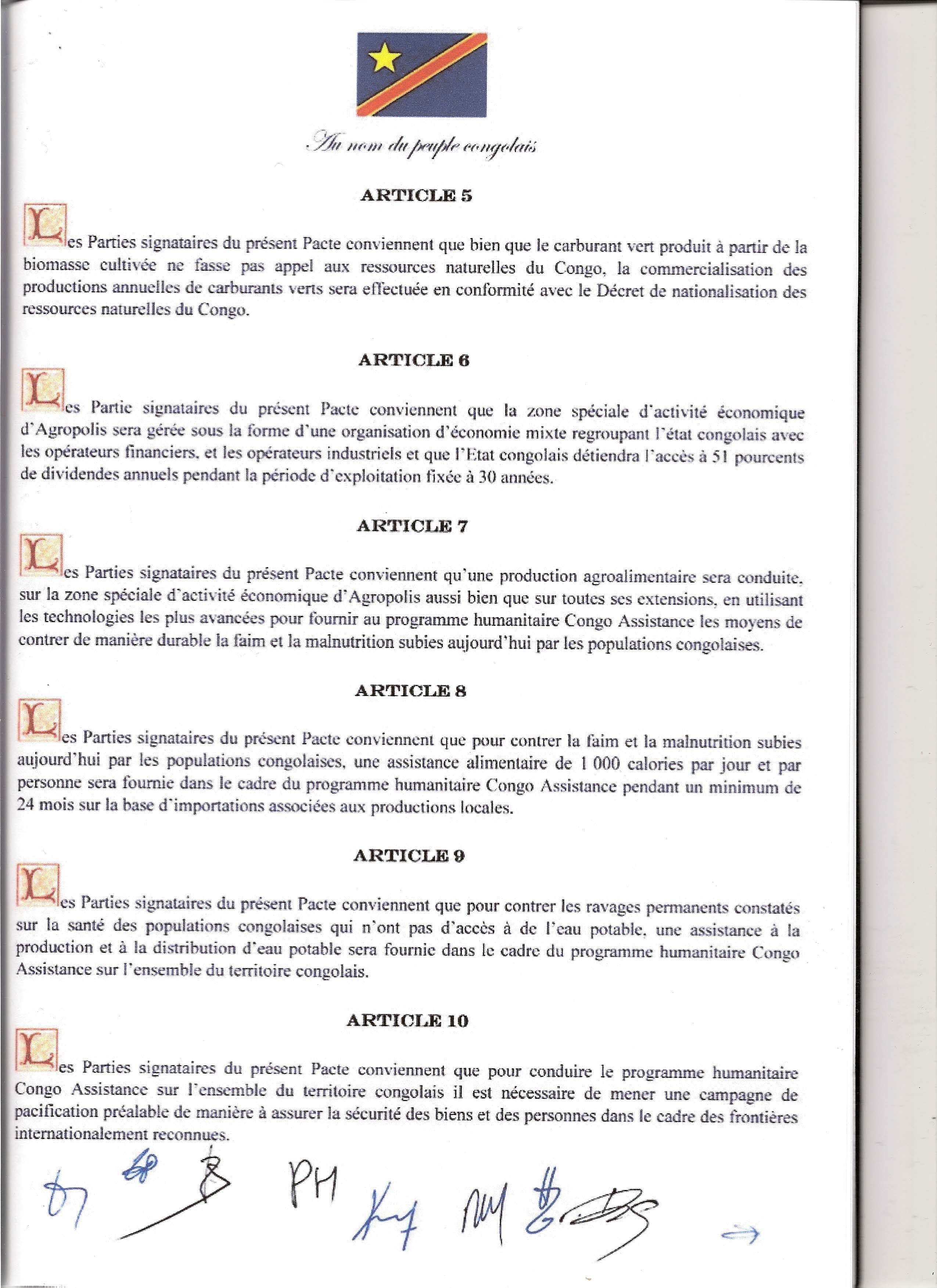
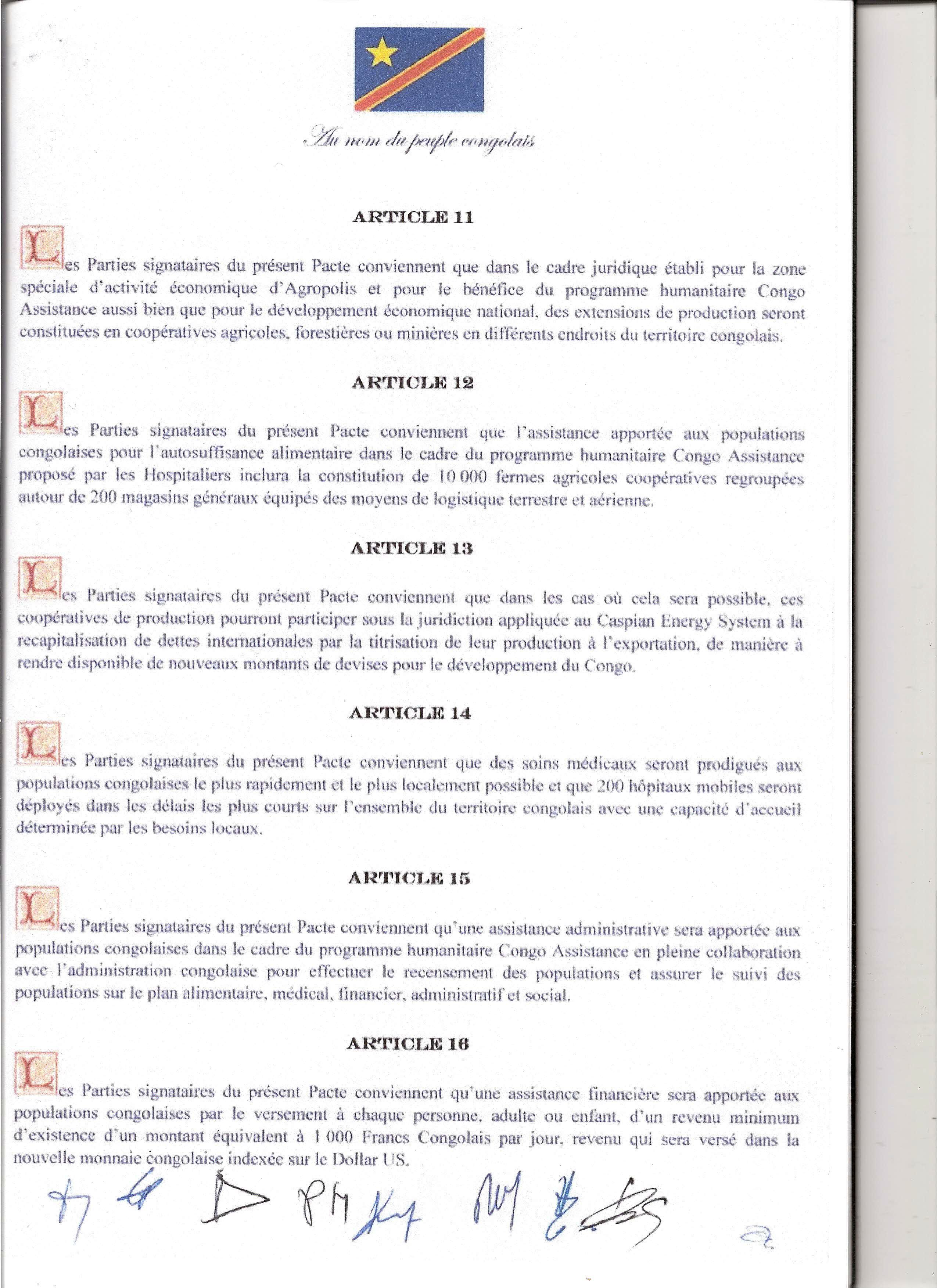
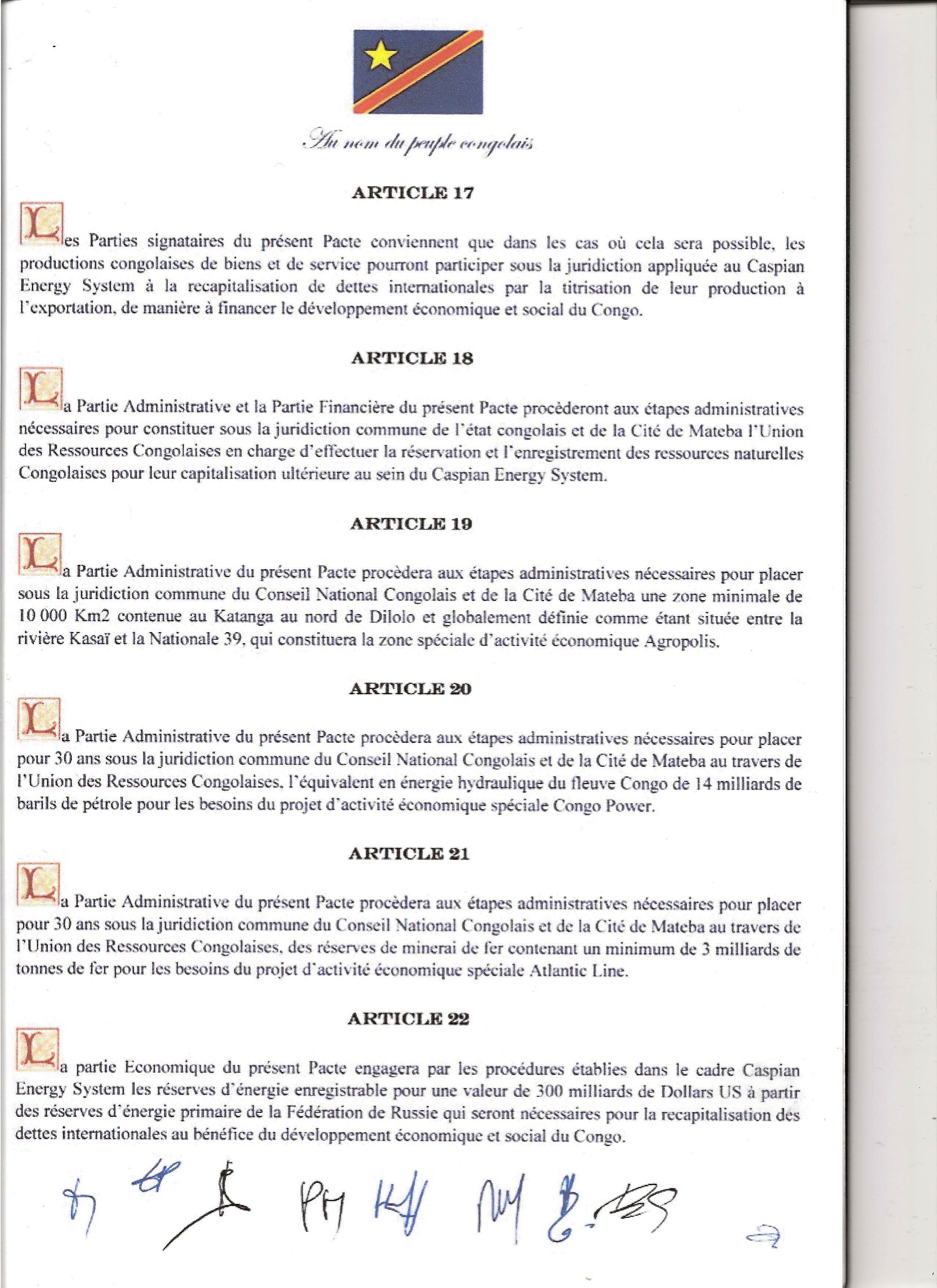
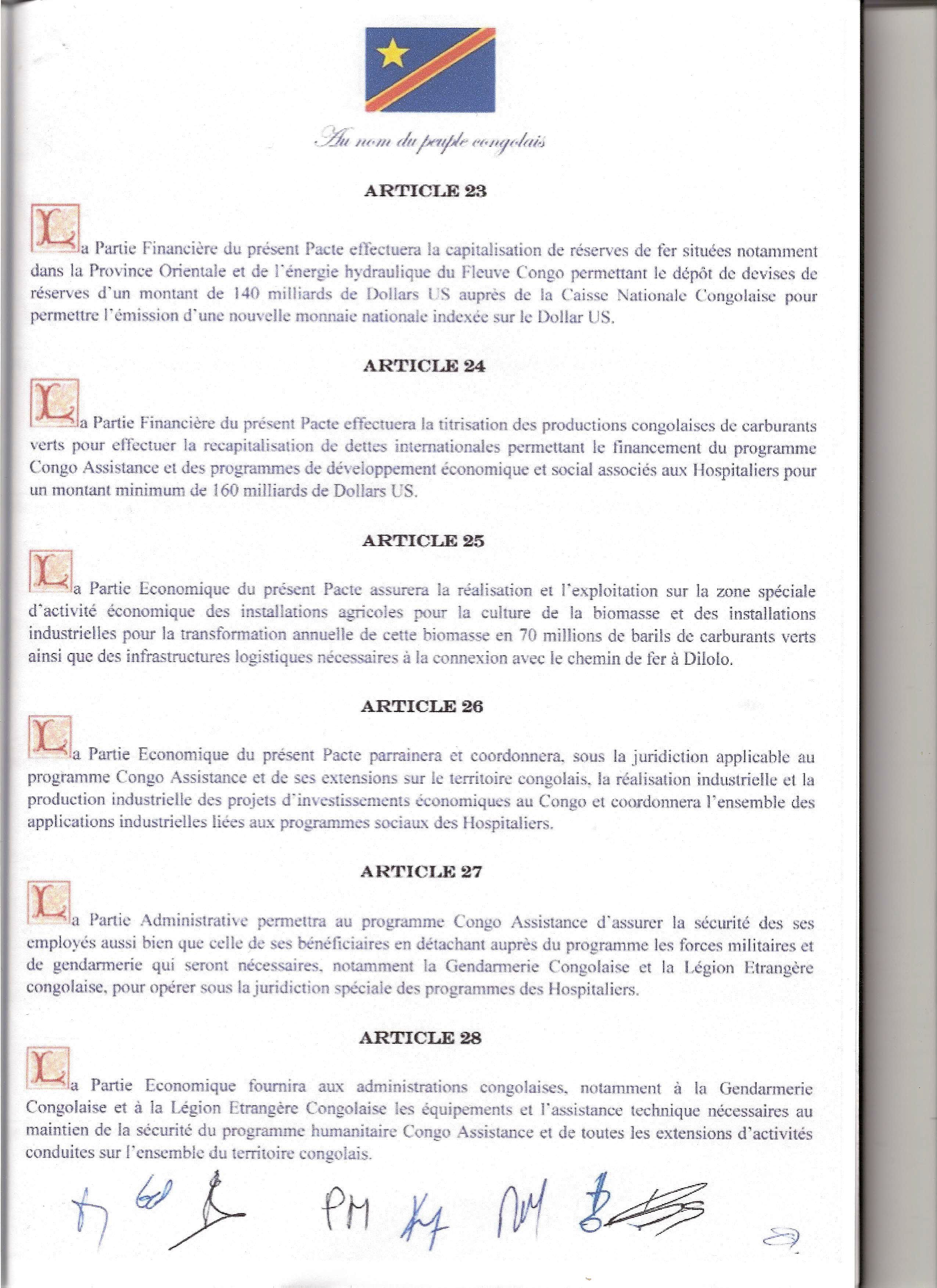
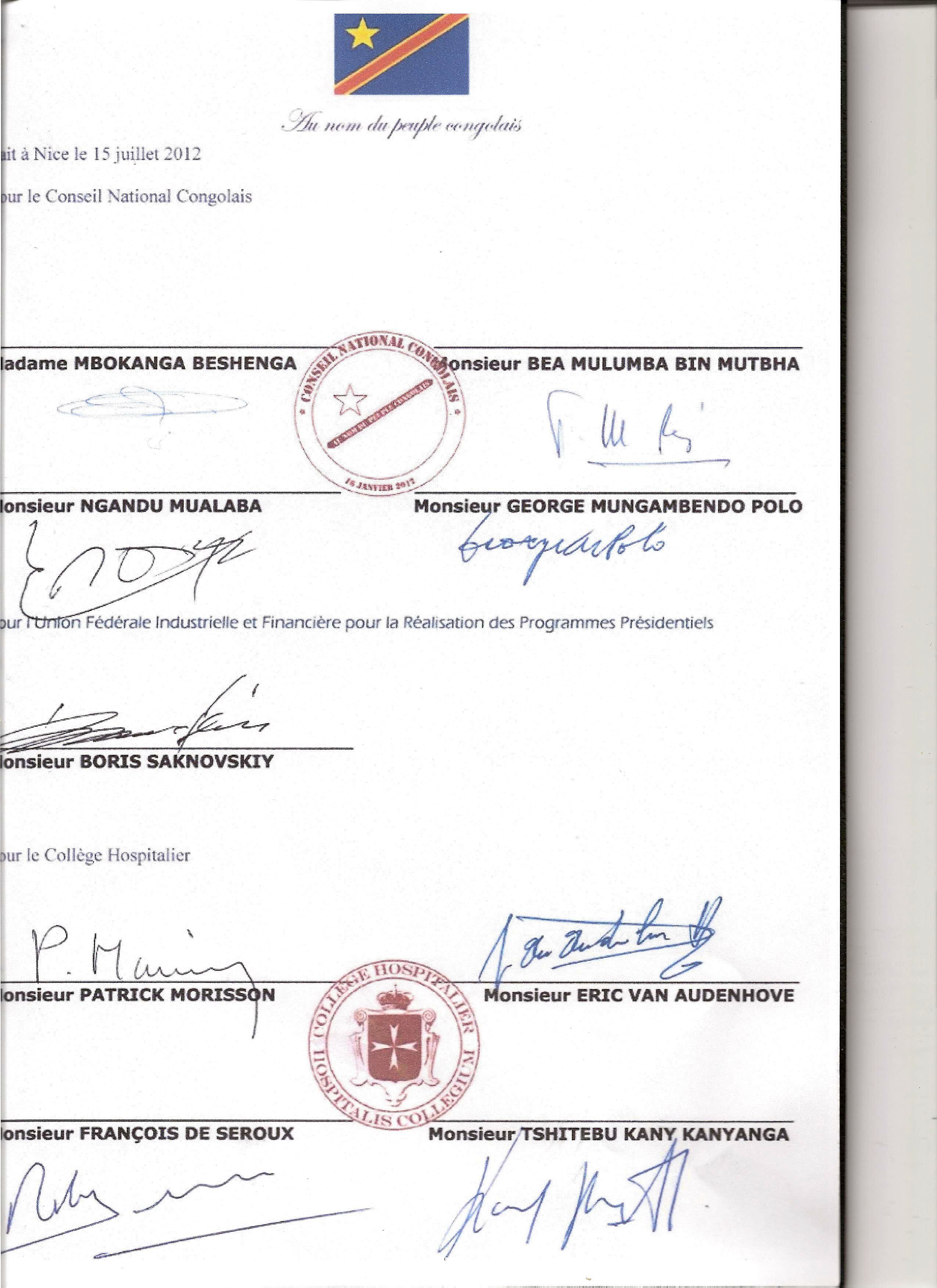
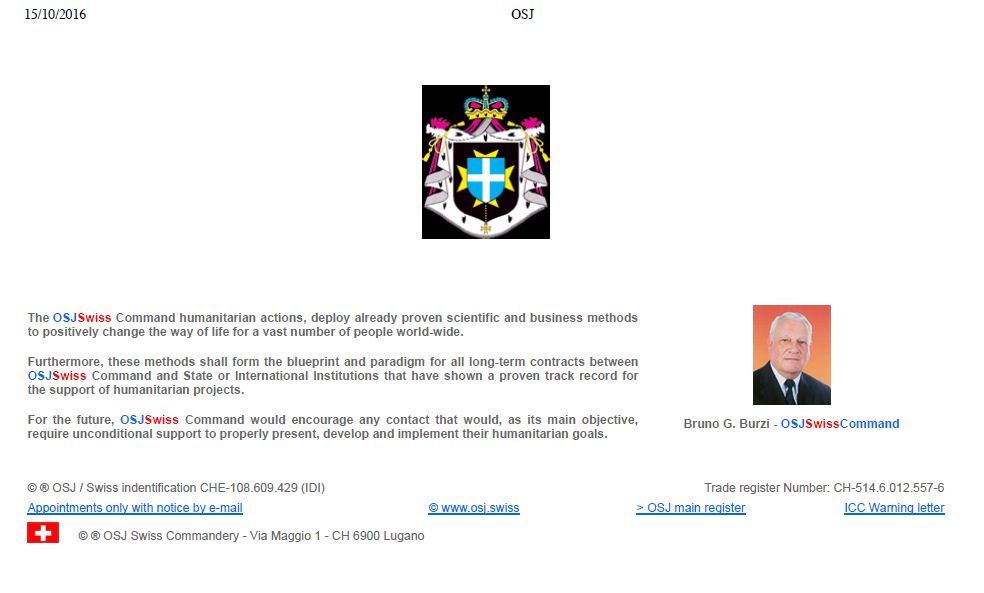
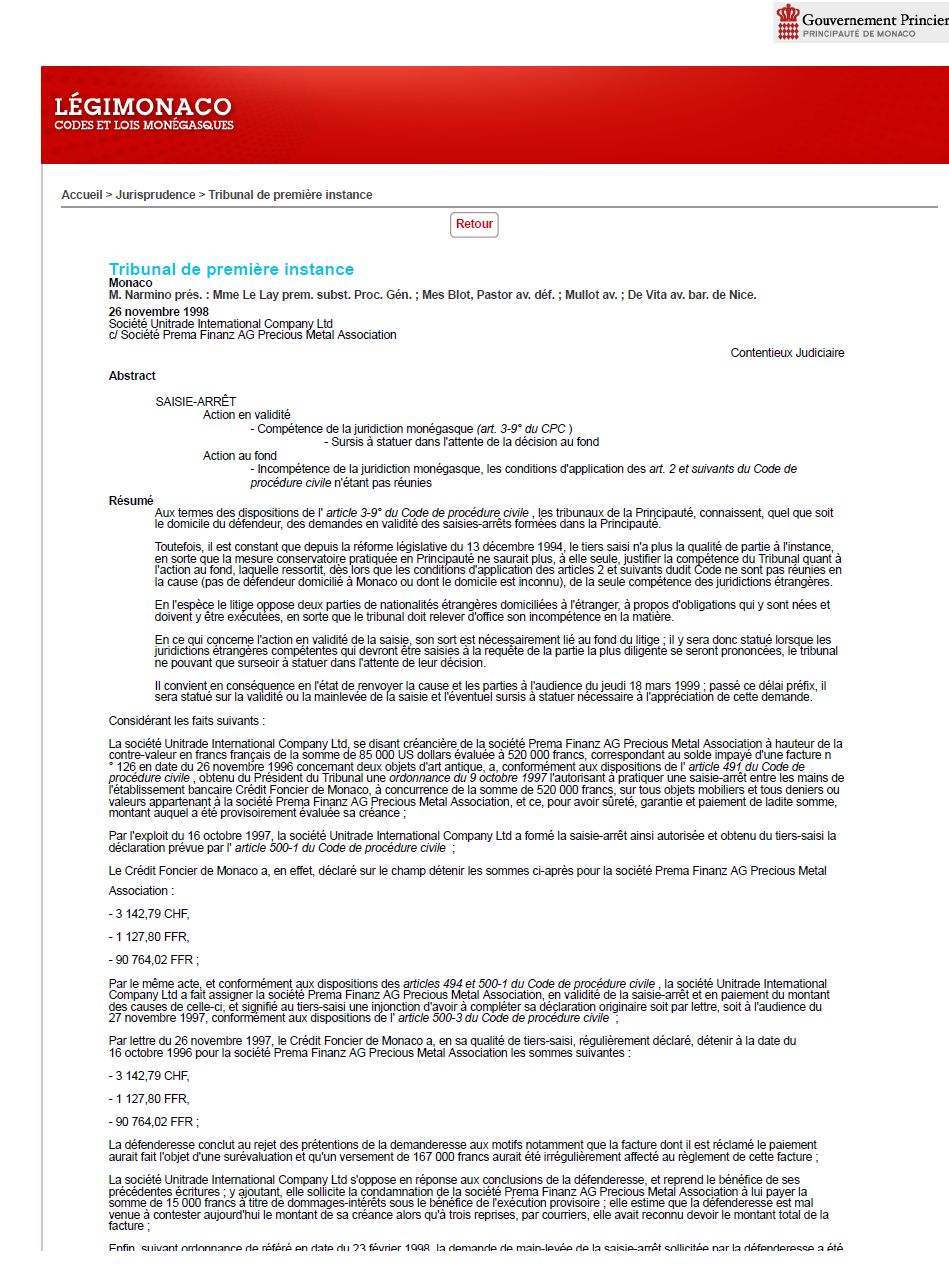
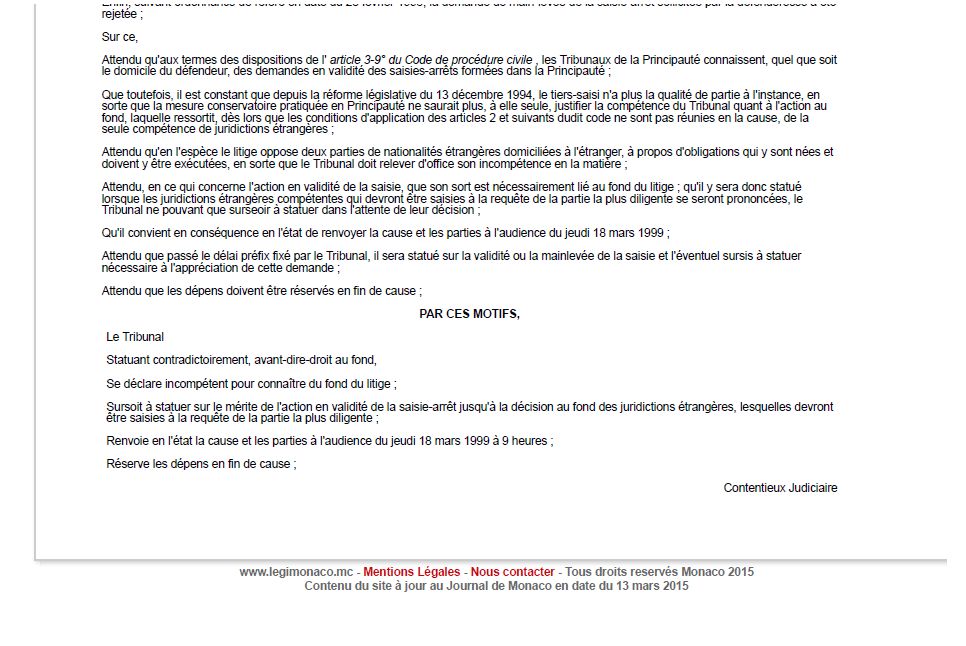
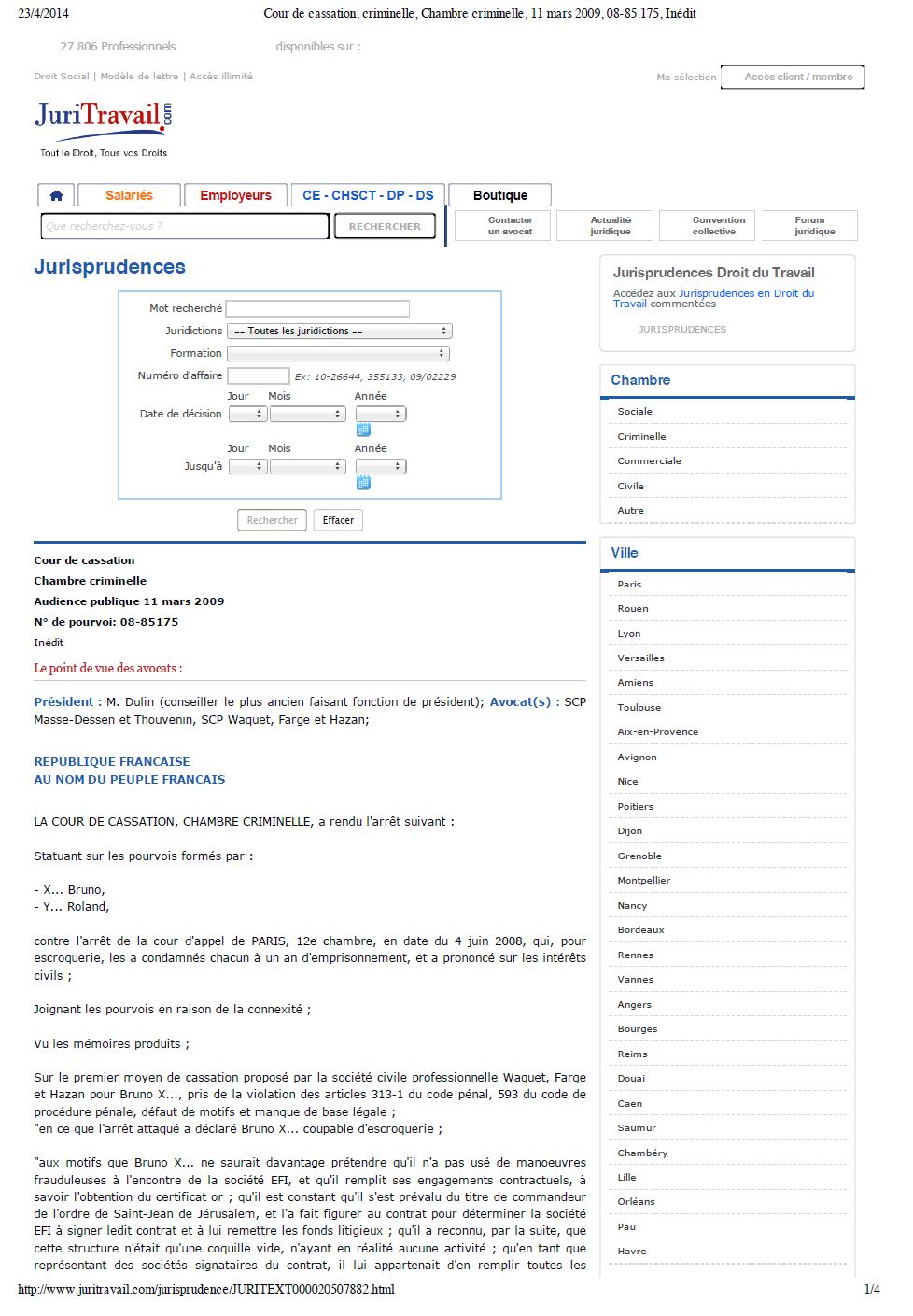

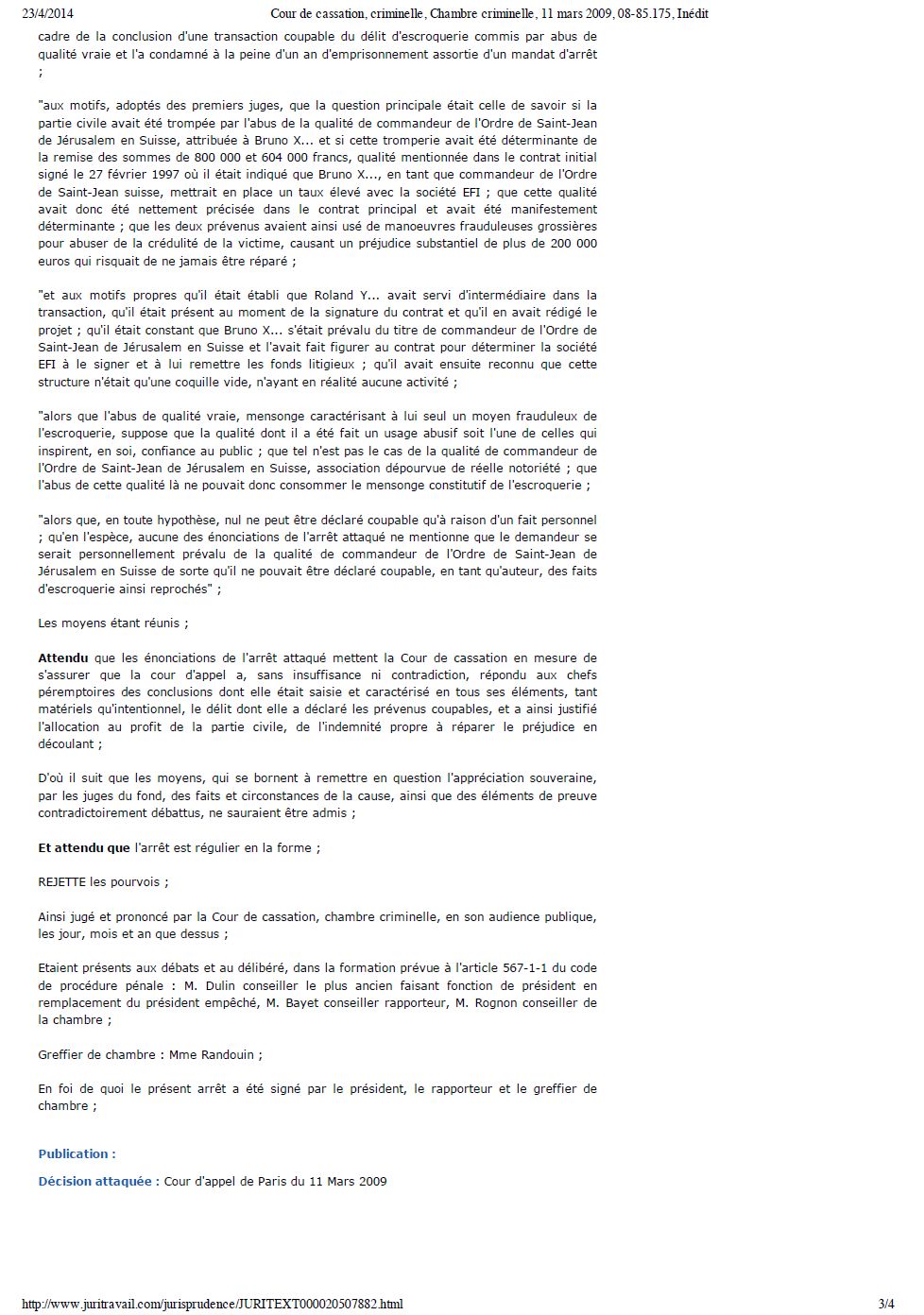

1. A foreign ducal
title recognized for use in Spain does not automatically confer a Spanish
Grandeza as it does for all Spanish ducal titles.
For updates click homepage here